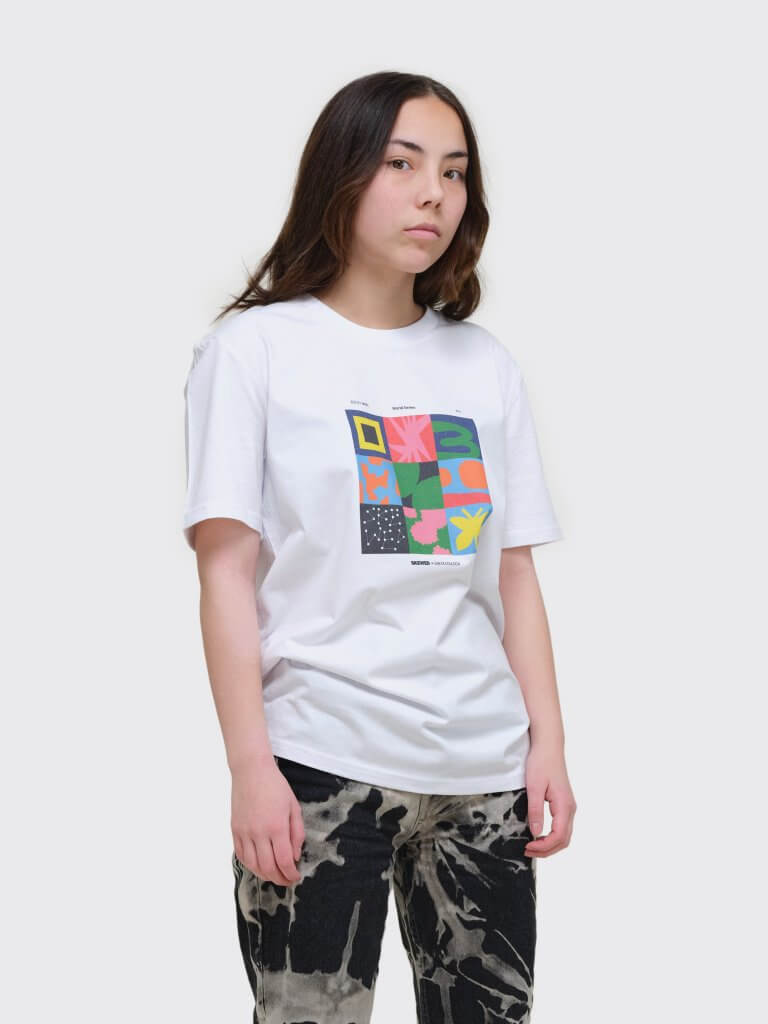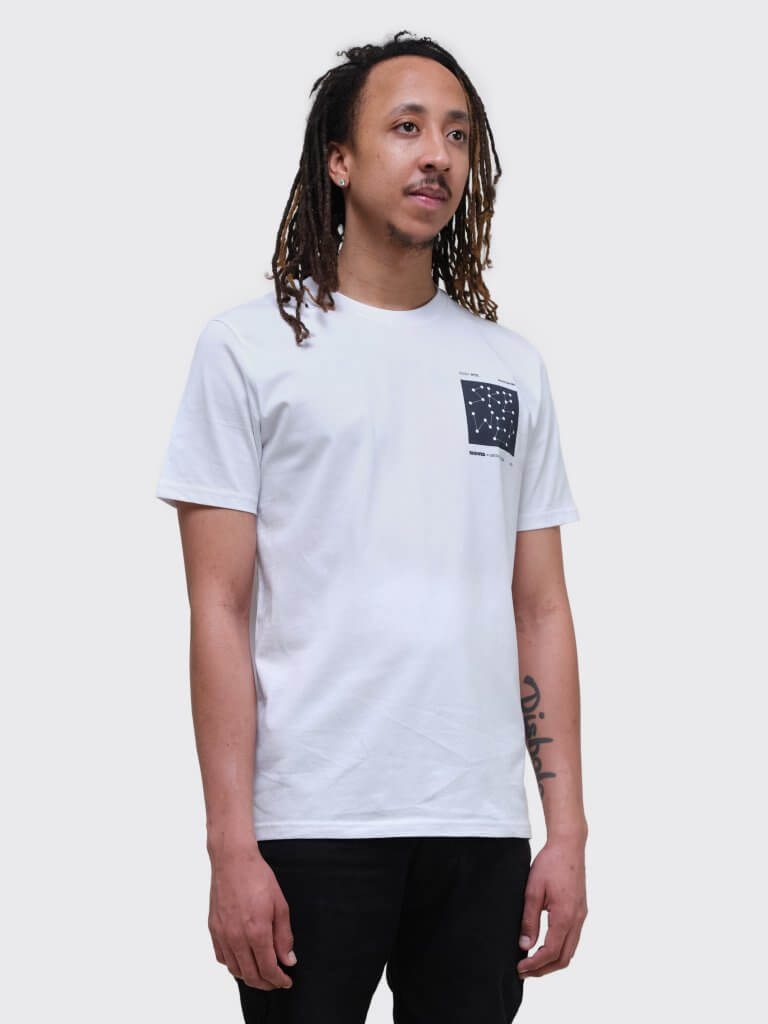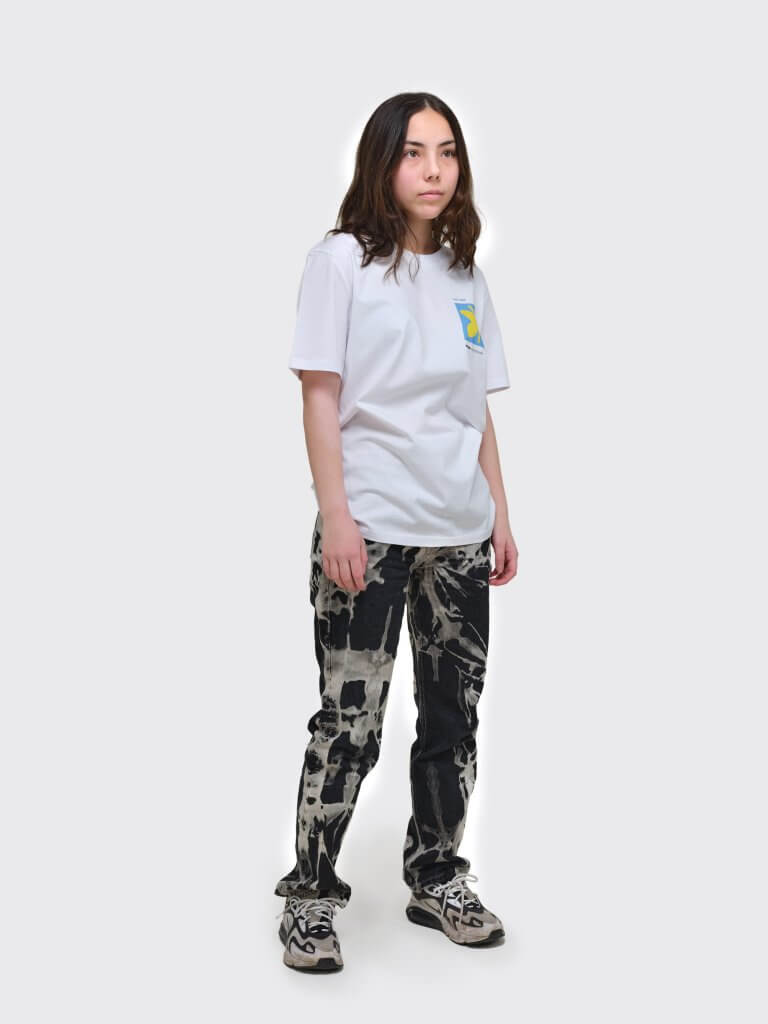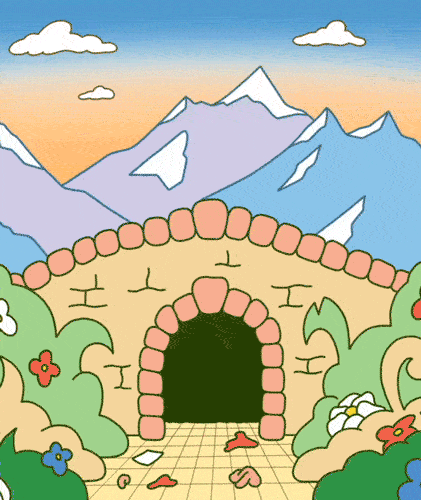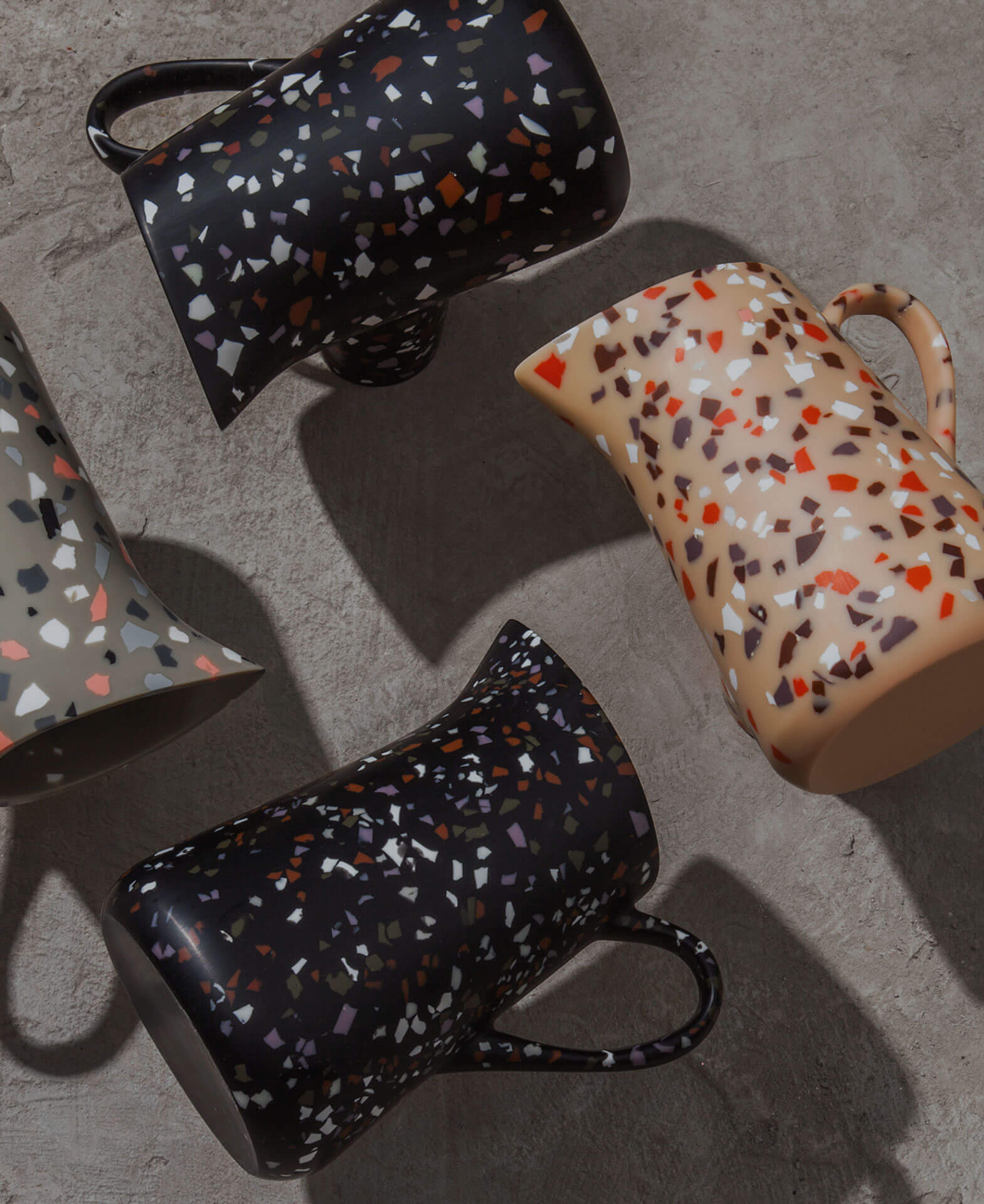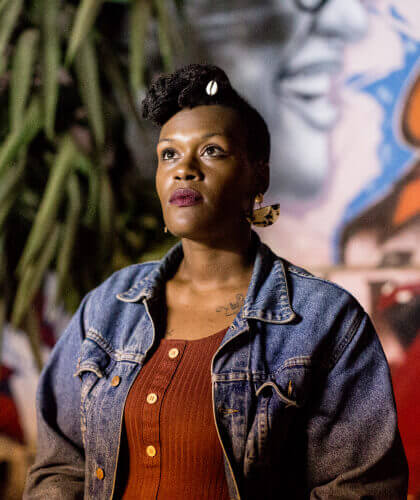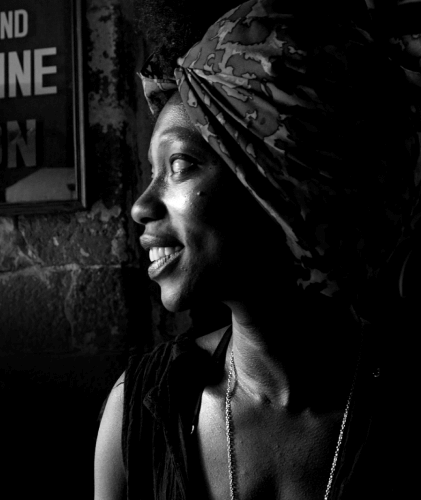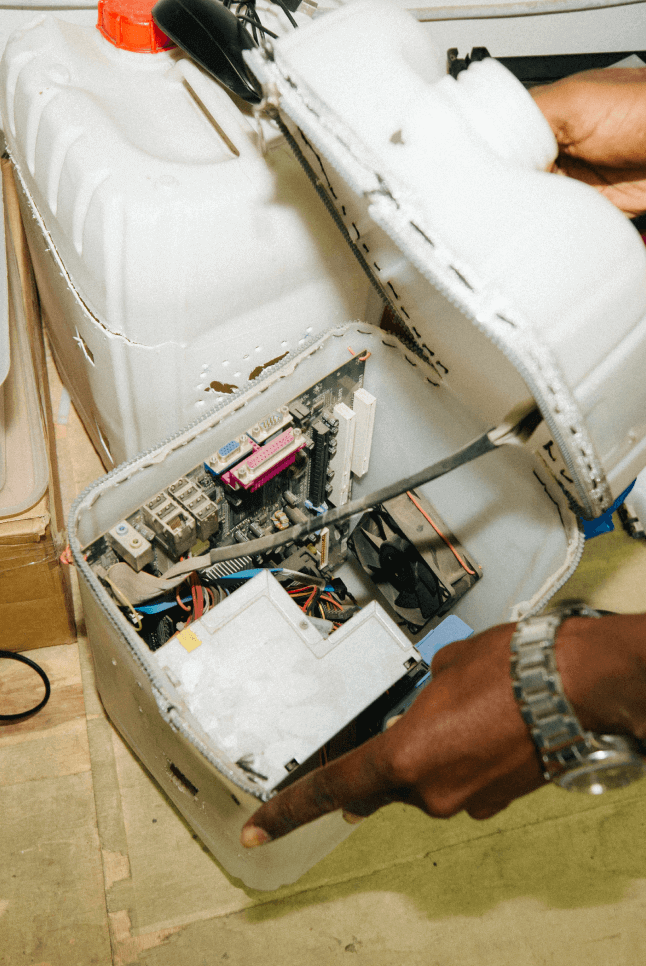Author: Linn Karlsson
IKEA
H22 City Expo, Helsingborg Future City
In the spring of 2020, SKEWED began working on the H22 City Expo project with IKEA and the city municipality of Helsingborg. Over the course of two years an exhibition on an international scale was created showcasing new and exciting ideas for a smarter more sustainably conscious city and to help improve the quality of life for the people of Helsingborg.
Published 20/12/2022
Published 20/12/2022
By DK Woon
VOLVO
We Present to You the New Volvo XC40 Campaign
New Work. Campaign for the new Volvo XC40 Recharge pure electric. A car for every situation and for every you.
Published 03/03/2022
The fab team involved:
Volvo Friends:
Creative director: Oskar Johansson
Art director: Petter Borg
Art buyer: Jennie Martinsson
Marketing & Brand: Julia Franke
Color & material Specialist: Cecilia Stark
Tech & Car support: Johan Ganemyr
Tech & Car support: Robert Torstensson
Tech & Car support: Artur Frost
Tech & Car support: Lennart Chumbo
Crew:
Director: Daniel Björkman
Dop: Marcus Hansen
Creative director: Petter Kukacka
Creative director: Marcus Engman
Art director: Johan Bylund
Line producer: Linus Leander
Graphic design: Viktor Andersson
Talent: Cinzia Chang
First ad: Tobias Reiner
First ad: Valter Nilsson
2:nd Cam Assistant: Erik Andersson
3:rd Cam Assistant: André Ferreira Barbosa
Gaffer Peter Kjellberg
Electrian: Marcus Engstrand
Best boy: Johan Ådahl
Grip Master: Fredrik Johansson
Grip Asst: Sebastian Jewell
DIT: Marcus Vasquez
Technodolly OP: Karri Takala
Bolt JR OP: Ladislav Moulis
Cgi: Vintr
3D: Studio Taktil
Online: Björn Benckert
Grade: Will Kjarval
Music: Teddybears
Soundmix: Ponytail
Music Supervisor: Niklas Hallberg Villa
Retouch Stills: Joakim Rissveds
Digi-tech Stills: Jocke Rolandsson
Prop Master: Ben Curtis
Stylist: Mia Andersson
Hair/Make: Erica Spetzig
Set Design: Gilles Balabaud
Asst Art Department: Charlie Davidson
Asst Art Department: Fredrik Kuuse
Studio mgmt: Lisa Öman
Craft and coordinate: Sara Borgström
Location support: Jacob Mounir
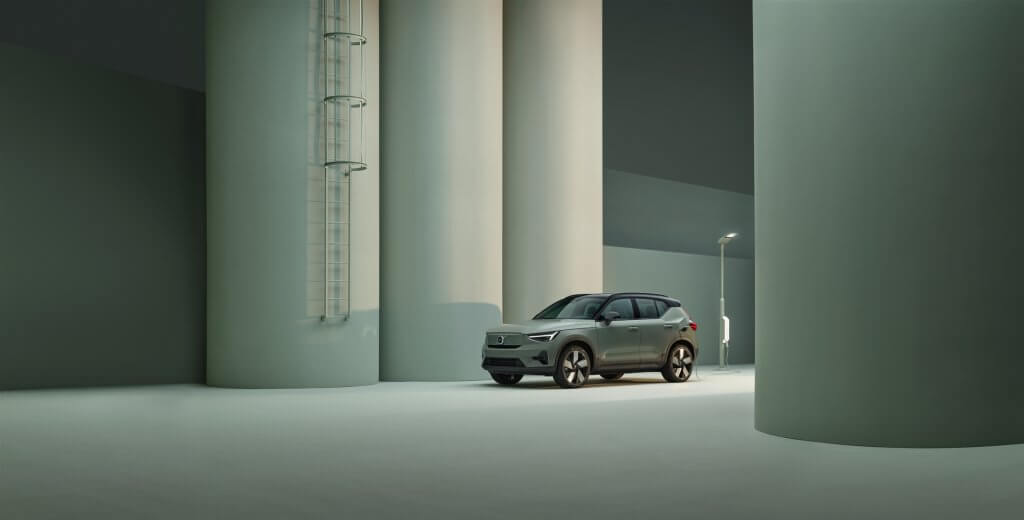
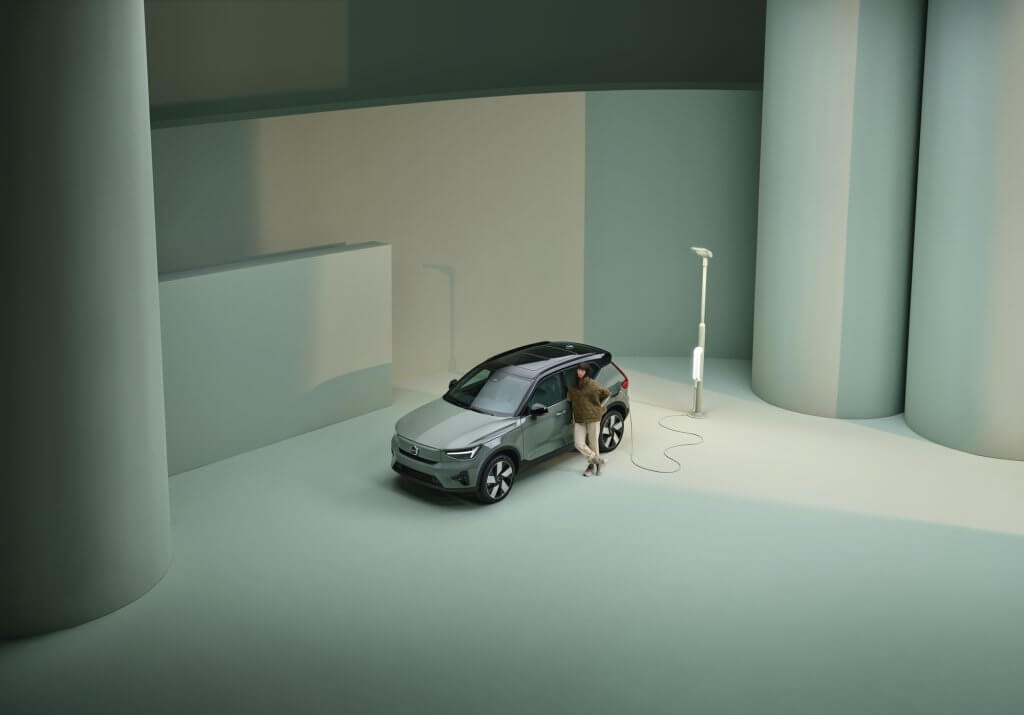
Published 03/03/2022
By DK Woon
Photo credits Marcus Hansen
IKEA at H22
The Afterlife of IKEA Kallered: Office of Possibilities and Circularity at Work
H22 is just ten months away. In the timescale of an event production as large as this, ten months is akin to the blink of an eye. To make sure everything is delivered on time our spatial division, Office of Possibilities, have been hard at work.
Published 06/07/2021
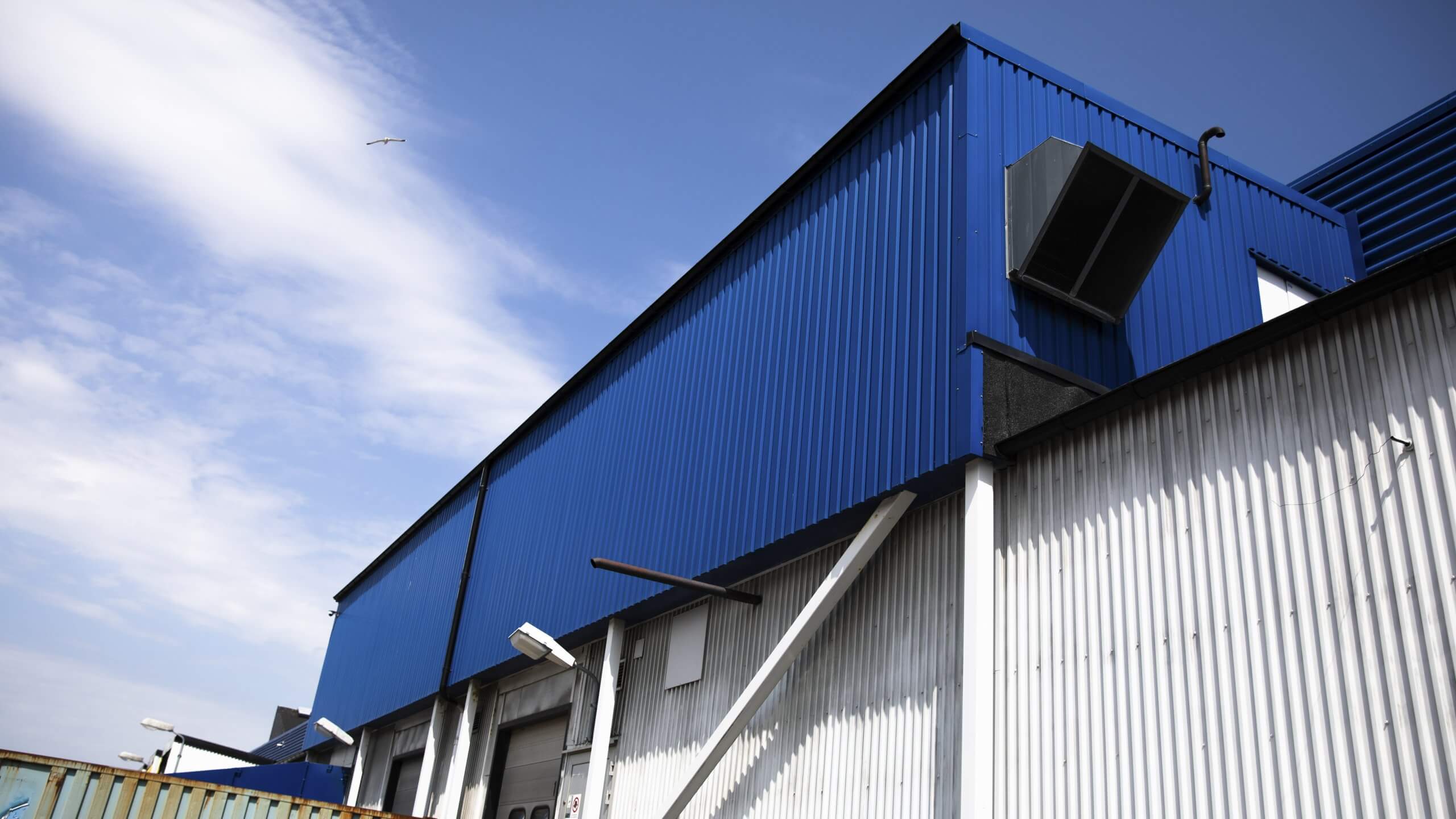
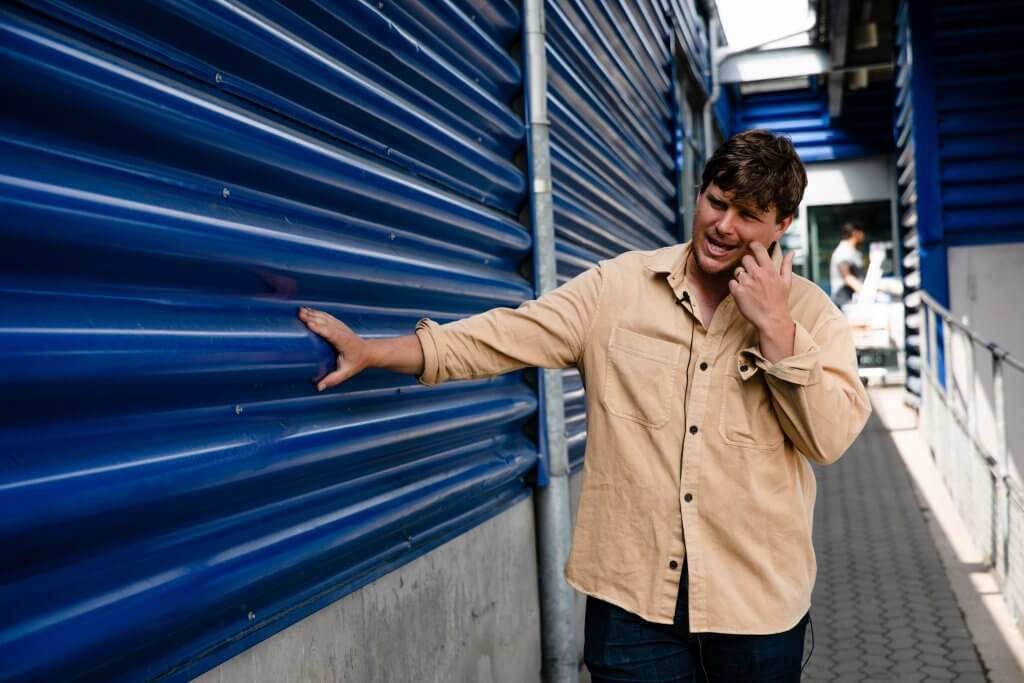
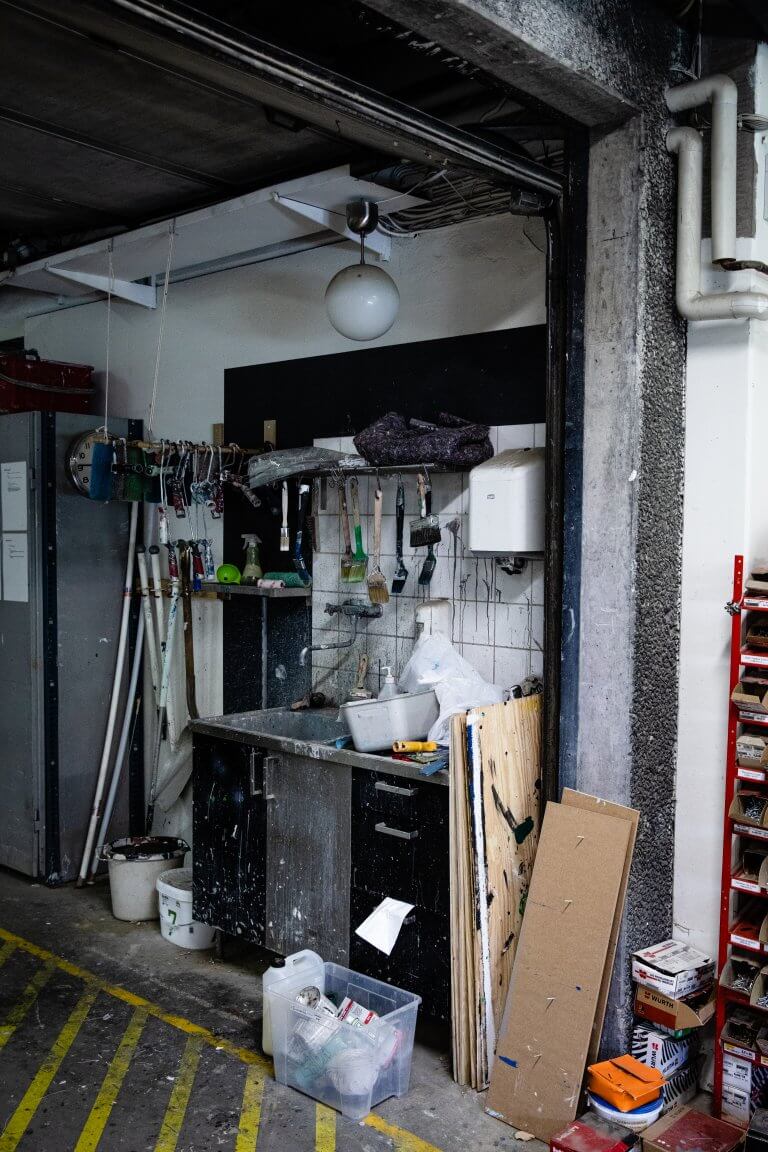
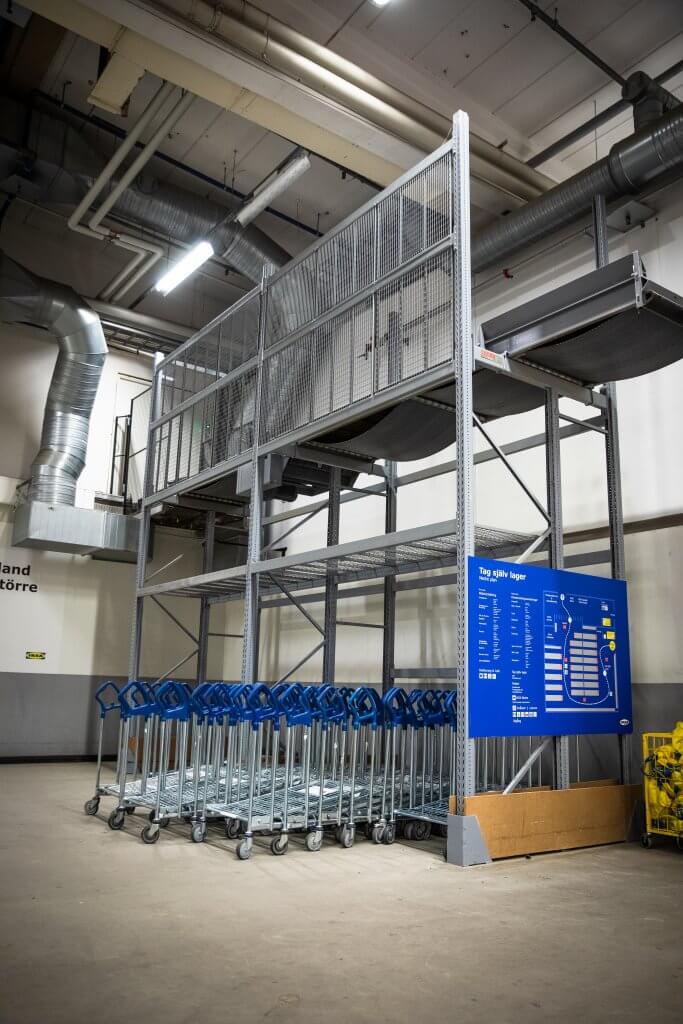
One of our first aims for H22 was to make sure that the event is as sustainable as possible. Circularity is one such way we are going about this. Around 200km away from Helsingborg is the township of Kållered. Home to one of the very first IKEA stores. In September of this year IKEA Kållered will close down. Rather than consigning the rich resources of the Kållered to the scrap heap, IKEA and SKEWED have begun investigating what we might reuse and repurpose for our event in Helsingborg next year.
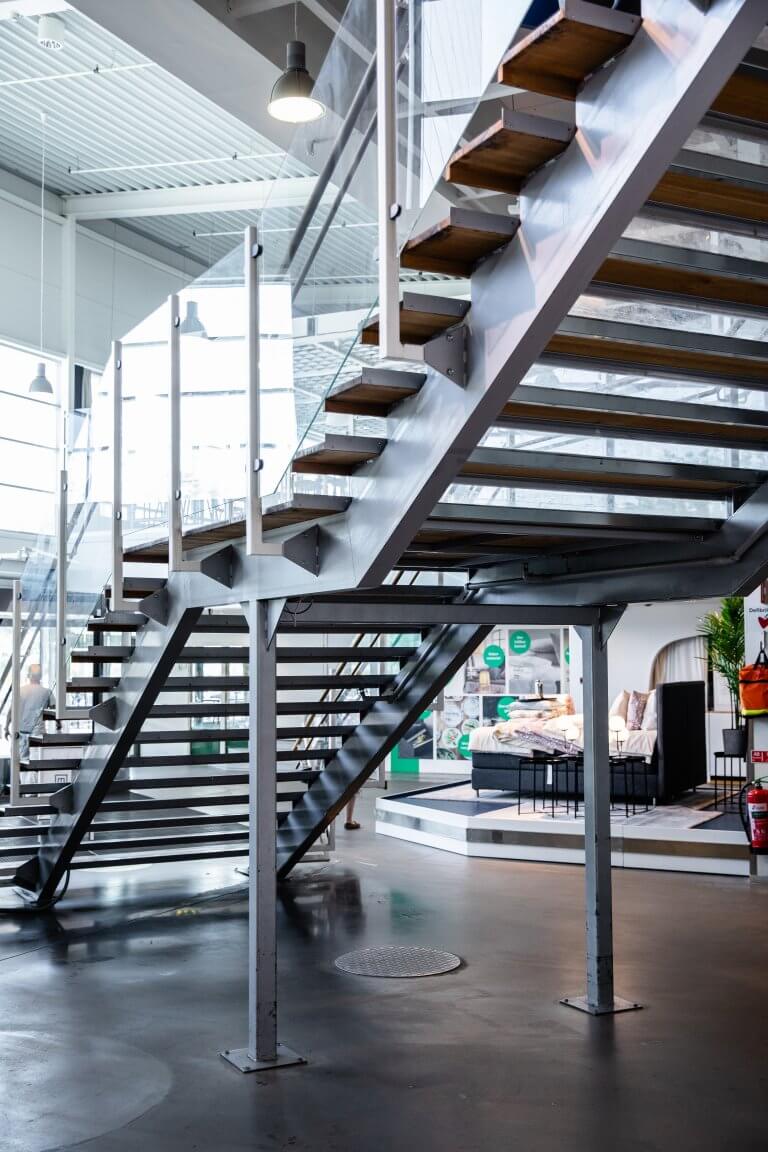
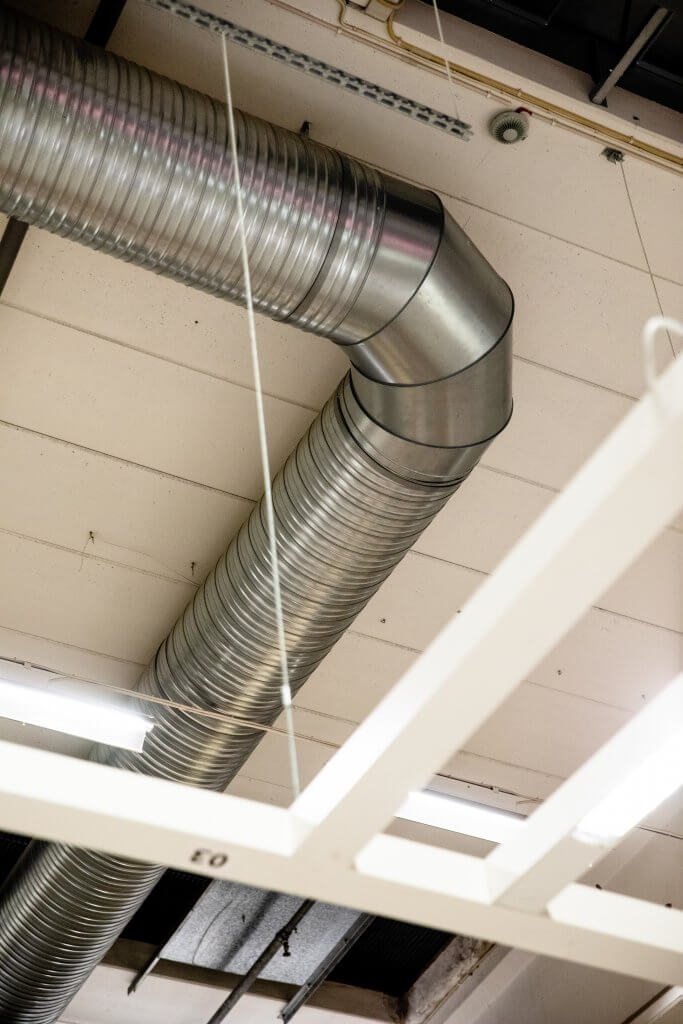
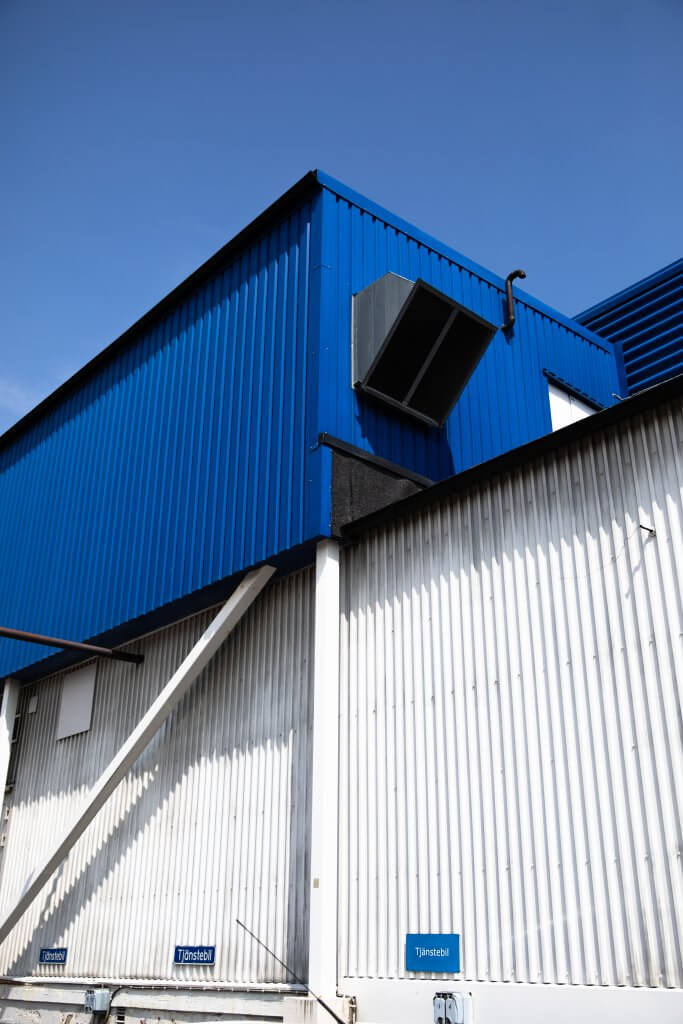
Published 06/07/2021
By DK Woon
Photo credits Peter Malmgren, Oliver Crona
Greta Colloca
The World of Greta Colloca
The second in our 'World Series' initiative is Stockholm based but Ostia (Italy) born and raised Greta Colloca. Her take on the SKEWED world considers the Big Bang. Not the K-Pop boy band but the moment the universe came into being. To go alongside our collaboration, we asked Greta some quick questions on space documentaries, mangas, and the difference between the creative universes of London and Stockholm.
Published 25/02/2021
GC
GC
I was immediately intrigued by the idea of what “the creation/the big bang” of a Skewed world, or rather universe, would look like. Maybe because I’m a sucker for space documentaries? So for the motif this was my main inspiration.
To be honest, first I was a bit thrown off by the idea of having a black frame around the illustrations. I thought that this would disturb the image. But instead I decided to use this restriction as a central part of my design and came up with the idea of making all illustrations squared. This also happens to work really well on Instagram too so all for the best I guess.
The result was a series of 9 illustrations that can be used either separately or together to create a comic (even if somehow abstract). I’ve actually been a big fan of comics since I was young and it is definitely something that influences and inspired my work as an illustrator.


A poster made this summer, photo by Frida-My
GC
It all started with anime (Japanese animated series) which would air on Italian television after school and in the evenings. Most of these series were old classics like Gundam, Urusei Yatsura, Doraemon and Lady Oscar. I was hooked and started reading manga (japanese comics) soon thereafter. In Italy they were very easy to find at almost any local newsstand. I’m still a fan of some of my childhood favorites, to mention a few: Cardcaptor Sakura –
We see some Matisse in the work you’ve produced for Skewed, would you say this is a fair comparison? Who else inspires you?
GC
Wow thanks, that’s a huge compliment! Matisse is definitely a big source of inspiration and especially his way of utilising his tools and materials in his process to create a very unique look. There are a lot of people and things that inspire me but some of the artists I always go back to are Ellsworth Kelly, Anne Truitt and Isamu Noguchi.
«I think repetition is key to my process. Rather than spending a lot of time on a single image I spend a lot of time repeating the same image over and over again in order to find the “most interesting” composition.»
Your work, whilst digital has a very physical feel to it. Can you take us through your process?
GC
I like to start by sketching by hand: usually either by drawing or by doing cut-outs. At this stage I try to do as many sketches as possible without spending a lot of time on each image. After this I do a selection of my favorite motifs and (at least in this case) I scan them to use as reference for my digital illustrations.
I think repetition is key to my process. Rather than spending a lot of time on a single image I spend a lot of time repeating the same image over and over again in order to find the “most interesting” composition. I always look for things that are slightly off in my illustrations as I think this makes the image much more interesting. Maybe this is the reason why the illustrations have a physical feel to it?
When it comes to colours I almost always am inspired by random things that I see in my everyday life. I really like collecting and working with colours.
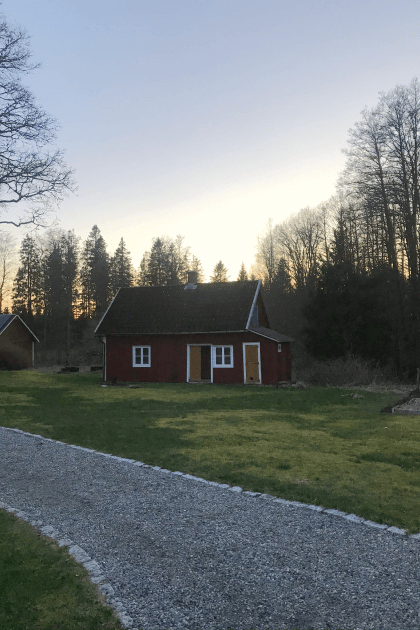


Gretas office during the summer + a little colour experiment made with Adam Nyström Zirke
You recently spent some time living in London. What sparked your move?
GC
Well, I moved to London because I was tired of Stockholm and my partner found a job there that he wanted to pursue, so we took the chance!
Then we moved back to Stockholm because we both missed friends and family but also because of Brexit. This was actually just before the Covid outbreak so it was a lucky coincidence I guess…
Crazy that it’s already been almost a year already since we moved back. London is great and I do miss it at times, especially all the cozy pubs, the museums and the new friends I made.
If any, what differences did you notice between the creative industry in London and Sweden?
GC
Hard to say. I think that since London is a much bigger city compared to Stockholm the creative industry is also richer, because of that. A lot of designers that I admire are based in London so it was great to get the chance to meet them and at times even have the possibility to collaborate.
At the same time I feel like the creative industry is a lot more global rather than local nowadays, so it feels like there isn’t as much difference between creators in the same fields that are based in different countries? What do you think?
What have you been up to since your return to Sweden?
GC
I have been freelancing for various clients with mine and Adam Nyströms design studio called Zirke (follow us on Instagram @zirke.site). Recently I also started working for Swedish fashion brand Tôteme which feels very exciting.
Sounds like the move really paid off. Probably the hardest questions to answer during a pandemic. Any big plans or dreams for the future?
GC
For the time being I’m focusing on the now and trying to do as many fun (and pandemic friendly) things as possible. But looking forward to being able to visit friends and family that are old or that don’t live in Sweden, hopefully this will be possible really soon. Fingers crossed!
Published 25/02/2021
By DK Woon
IKEA at H22
The Future of the City Together with Helsingborg and IKEA
Helsingborg. A seaside town in the South of Sweden that you might not have heard of. By the end of 2022 we hope that Helsingborg will be firmly on the map.
In August of last year we began working on ‘H22’ a project with IKEA and the city municipality of Helsingborg. H22 is to be a ‘City Exhibition’ on an international scale, showcasing the best in new thinking around the future of the city.
Published 22/02/2021
Our work on H22 allows us to work in the multidisciplinary manner that we love, allowing us to use resources across our creative network and stray outside the narrow boundaries of what a traditional ‘creative agency’ environment might allow. This means architects, scenographers, filmmakers, podcast producers, graphic designers and even some roles that lack a conventional title. All working in concert to create a forward thinking event that will leave a lasting legacy. Both for Helsingborg itself and cities across the world.
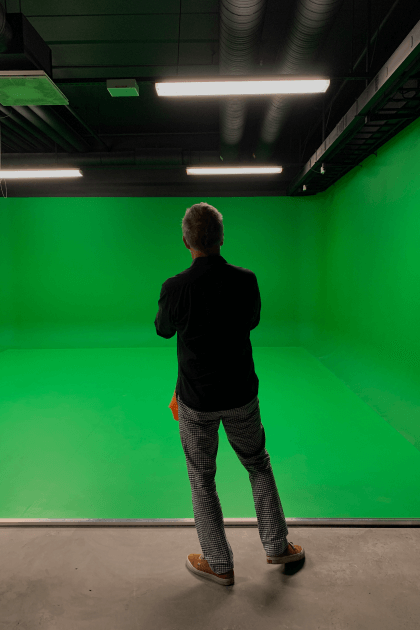
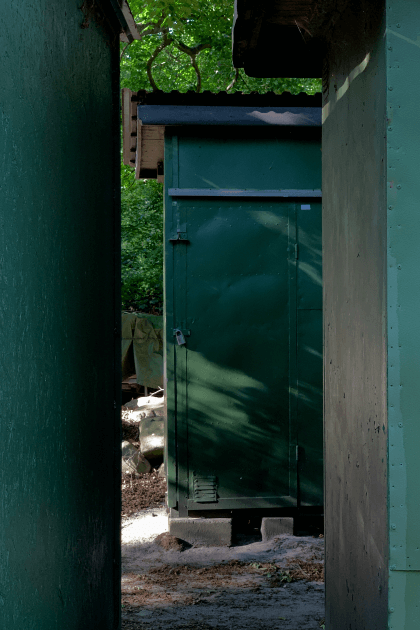
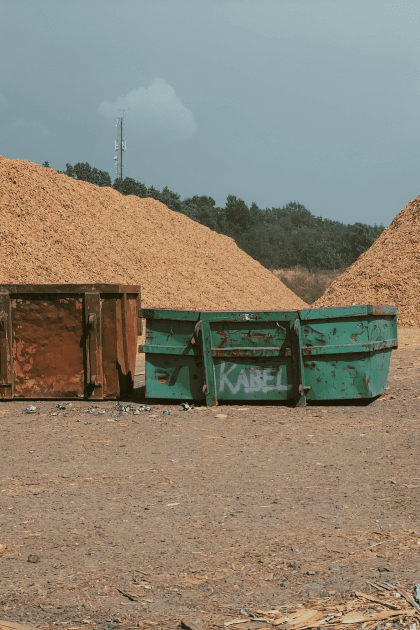
Some of the places we visited during our research. From left to right: Tryckeriet (activity house), Domsten Camping and the city dump Verapark.
We’ve been quietly working away on H22 for a while. Our Gothenburg office in particular, Office of Possibilities, has been working really hard. Now that the project is finally revealed to the public, it is even more exciting! We know that the reveal to public is only the beginning of our journey. The lifeblood of a city is of course its people. Each city is unique and we wouldn’t have it any other way. What happens at H22 will happen in dialogue with the residents that call Helsingborg home alongside IKEA and the city municipality.
So far our H22 journey has taken us to some incredible places. Some notable areas of Helsingborg, and also some places that are a little more off the ‘beaten track’. The city dump being a great example here. We were surprised and delighted by how passionate the people at the dump were about truly circular solutions to some of the problems faced by the cities of tomorrow.
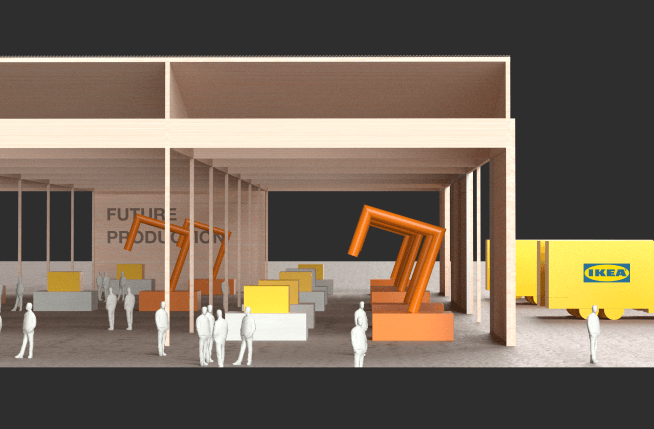
Early ideas for Oceanhamnen
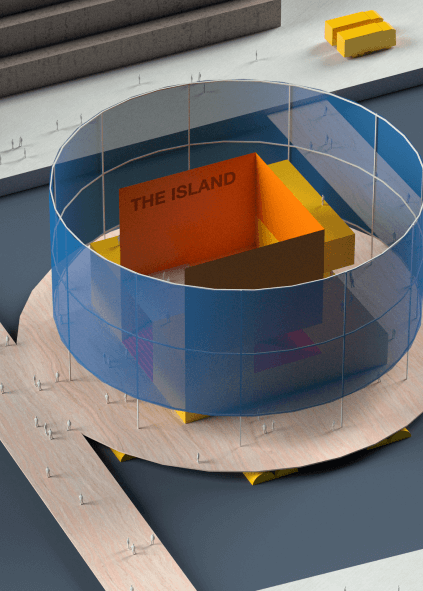
Much has been written on the future of the city. It is a topic that captivates an audience easily. When you consider that 68% of the global population will call cities home by 2050 (UN), it little surprise that we are so fascinated by these nexus points of civilisation.
H22 gives us an occasion to create solutions, ones that are applicable across cities but also ones that are specific to Helsingborg. We can utilise our collective imaginations to dream up new ways of doing things.
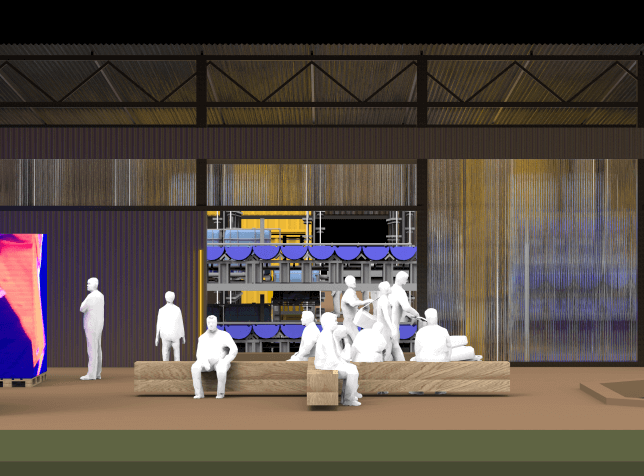
Early imagined interior for the Garden at Drottninghög
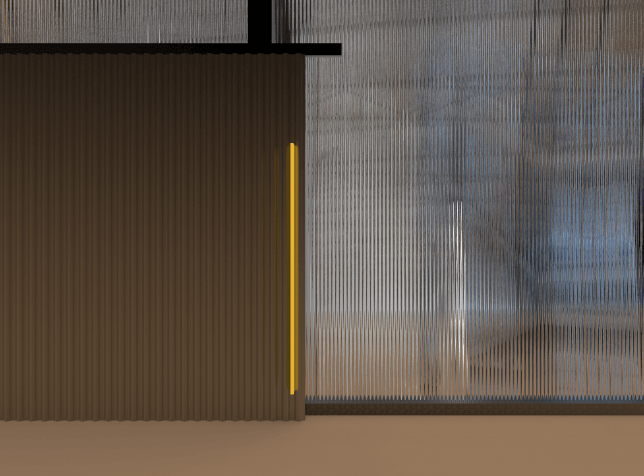
Published 22/02/2021
By DK Woon
Photo credits Robert During Janson
PJADAD
Meanwhile In Stockholm: Death to the PDF – Getting Out of the Deck and Into the Doing.
Following on from the first part of our round table, which was mostly spent speaking with the guys at OP, our conversation turned to PJADAD. PJADAD are based in Stockholm and tend to deal with more graphical operations. But this is by no means what they are limited to! For those of you that know Petter - you’ll know that he doesn’t do things by halves.
Some people might see him as ‘simply’ an art director but his interests lie far beyond the traditional boundaries of that discipline. He is driven by ideas and this speaks for the PJADAD ethos as a whole. Ideas are what count and make the world turn. Being bold enough to propose fresh ideas takes conviction.
Published 18/01/2021
In the last year we have quietly added Gothenburg and Stockholm to our family of offices. With London to come in the very near future. These offices have a loose split of capabilities thanks to the already flourishing existing practices there. OP in Gothenburg are experts in space. PJADAD in Stockholm brings incredible art direction. Our London studio from which this is being written, brings editorial nous.
This addition of these capabilities is something we think is great. But even more exciting to us is the possibilities this opens for the unusual. What happens when there is cross pollination between these offices? When innovation experts look at graphic design or art directors turn their hand to physical structures. We honestly don’t know the answers to these questions but we are very excited to find out.
Part 2 of our round table lies below…
Key (in order of appearance):
DK: DK Woon
PK: Petter Kukacka of PJADAD
ME: Marcus Engman
RDJ: Robert During Janson of OP
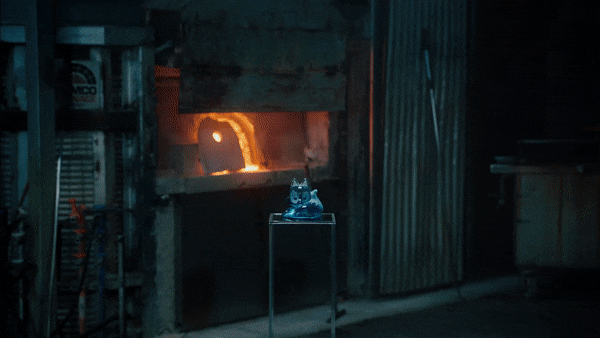
IKEA Art Event 18
Graphic Design as Social Experiment
DK
If there’s a man that knows about rules, it is the man sat at the bottom of my screen, Petter K, in Stockholm. How did you and Marcus get acquainted then? What is your background, Petter? It feels very weird to say that in such a formal way, but-
PK
I think Marcus presents me much better than I do.
[laughter]
DK
That’s not bad, though.
ME
You could see how addicted he is to rules from his hairdo as a starter [laughs].
DK
I was actually thinking about it earlier. It looks like he could be in Dragon Ball Z right now.
[laughter]
PK
Rules. What was the question again? How did I– ? What did I– ?
DK
For a start, how did you meet Marcus, but also maybe just a bit of background on who you are, what you do.
PK
I’m so jealous of OP now because there’s four of them. I’ve come to the realisation that I’m actually a very traditional art director but in a way that is not about a specific media. I have never wanted to stick to a specific media type and this was something I decided pretty early on.
I was educated as a graphic designer in the UK 15 years ago. Early on in my education I realised that graphic design in itself is pretty boring. BUT if you put it into a context or an environment, it becomes a pretty heavy tool to direct people, and also to experiment to see how people behave, almost like an architect but as a designer instead.
«I have never wanted to stick to a specific media type and this was something I decided pretty early on.»
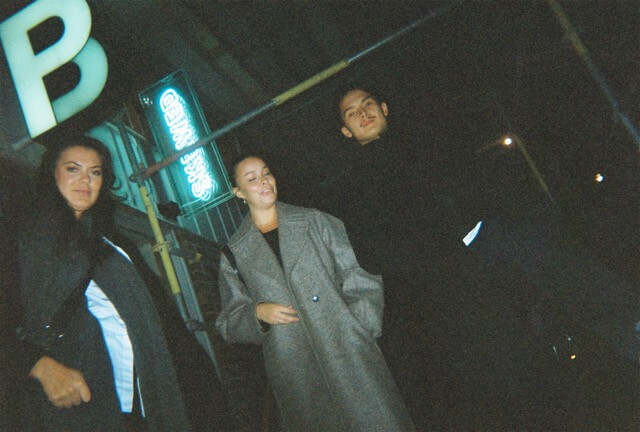
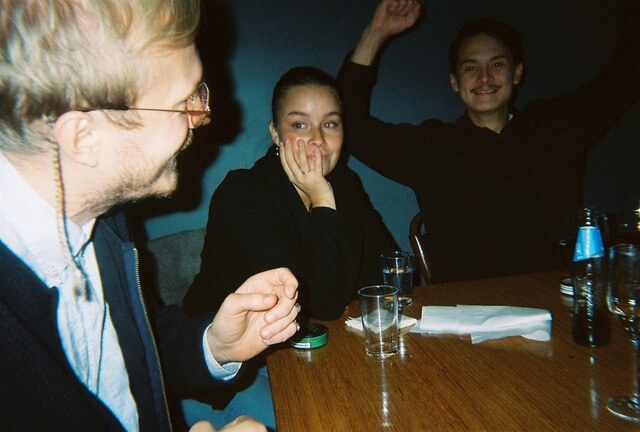
Sometimes PJADAD has fun
Cross Disciplinary Studio – Blind to Media. It’s The Idea That Counts
DK
It’s interesting because obviously the OP guys think very visually too. There’s such a blurring of disciplines nowadays. In a way, I think of you guys at PJADAD as dealing with portals, because it’s a lot about paper or books or screens. And those in a way are portals— they transport you to somewhere else, but it’s not necessarily a physical place. Then, I think the OP guys are dealing with predominantly physical things. Do you think that’s a fair way of describing things?
PK
It definitely could be, at least, especially when it comes to becoming a specialist in a specific area. I’d still like to see in or without SKEWED, I still like to see myself as an interdisciplinary creative in a way-
RDJ
I agree.
PK
-what the ideas are is the only important thing, to be honest. We always split our processes into two pieces. One piece is idea. That’s the thing that keeps you awake in the evening, that’s the thing that make you take drugs or drink a lot. That’s the thing that makes it really hard to work as a creative. It’s the ideas.
Then we have the production. Production for me is always just time-consuming. It’s never a headache or it’s never a real issue. The creative part, you can have a minor heart attack every single day when you’re not solving the things that you need to solve, but the production itself is a walk in the park compared to the ideas because it’s only about physical stress, not psychological trauma or whatever you say, in English.
When it comes to your way of thinking that we should see ourselves as simply physical or digital, it’s a little bit too simplified, I think.
RDJ
I totally agree. The cool thing is also when everything meets. For me, the most potent drug is when you mix all of this, and it works in ALL of the levels. I think that’s really when it becomes super strong.
I think architecture often just dies on paper because it never becomes realised– the process could be so much headache, that it never becomes real.
ME
I would say that really strong ideas are totally blind to media. They could be carried through whatever. I think that’s something that– One of the parts which I really appreciate with all of you is, I think that we understand each other’s idea process and that we are a little bit different. That’s why we like to work together also.
Me and Petter have worked together for so long now. He’s my closest partner in crime, I would say. I think that, in some strange way, we understand that we don’t understand each other, and that makes it good.
[laughter]
PK
Now that we’re slowly starting to understand each other, I must say, I am a little scared.
ME
I’m a little bit afraid of that, actually. I love the surprise factor there in the relationship.
«We always split our processes into two pieces. One piece is idea. That's the thing that keeps you awake in the evening, that's the thing that make you take drugs or drink a lot.»
Useful Naïveté and The Power of Doing Things – More Useful Than PowerPoint
PK
I think my mental age is going down again! I was gradually growing in maturity, but then a few years ago, maybe two, I think it was around when you quit IKEA Marcus, I slowly starting to get younger again.
It doesn’t have to do anything with you, Marcus, to be honest. It’s more about myself. I feel that the more knowledge and competence I get, and the more contempt for money I have, the better a creative I become.
It sounds a bit ridiculous, but it’s not, because maturing together with you [Marcus] has been a really important part of my life development. If I really try to behave — I can definitely behave mature, even if it’s a big problem for me sometimes — but I think if I really try, I can be mature.
To have a– how do you say it– I want to really explain this because it’s very important. It’s almost like I have become more nihilistic today than I was two years ago because I do understand what the power of creativity could be, basically.
ME
Be prepared to talk about naïveté in different ways!
PK
It’s not like I think just anything is good with this mindset. Definitely not.
I think everyone here in this room has more than enough intellect to analyse if an idea is good or bad. Maybe we need to try it out sometimes to understand if it’s good or bad. The whole thing is to work both commercially but also in an artistic manner. For me that means really trying out stuff because the whole world right now is just doing PowerPoint.
I want to be the ones taking the fast lane and stepping into another gear and actually producing something instead of doing the PowerPoint. Stuff that actually gets produced by competent people is much more interesting than having it in a PowerPoint that never will fly. I think that’s how I see a little bit.
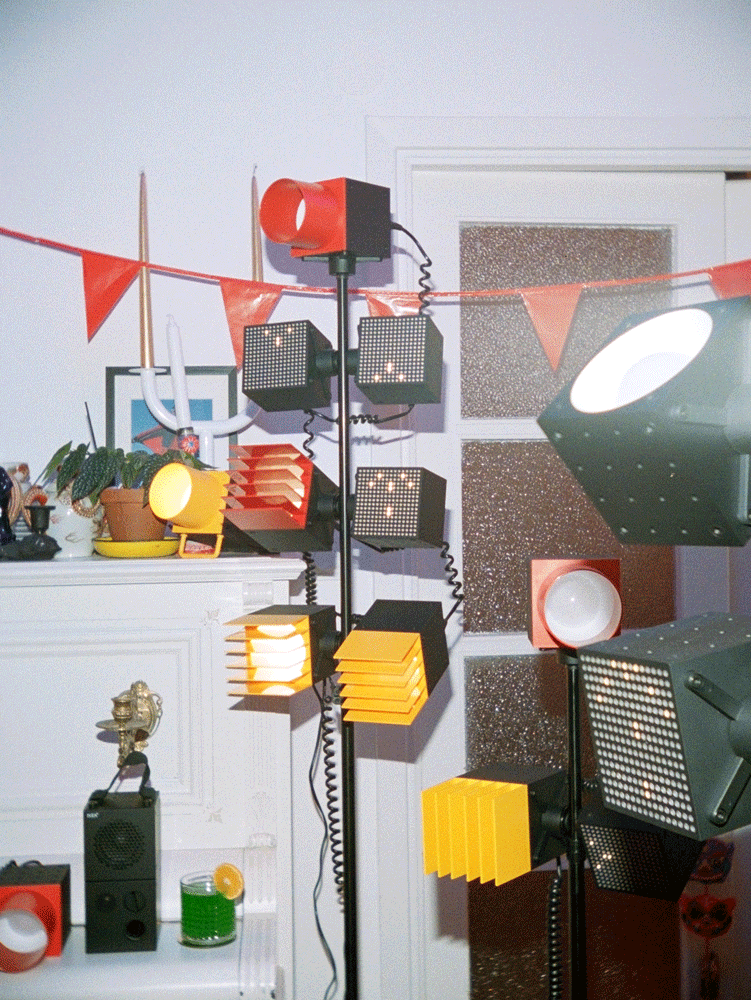
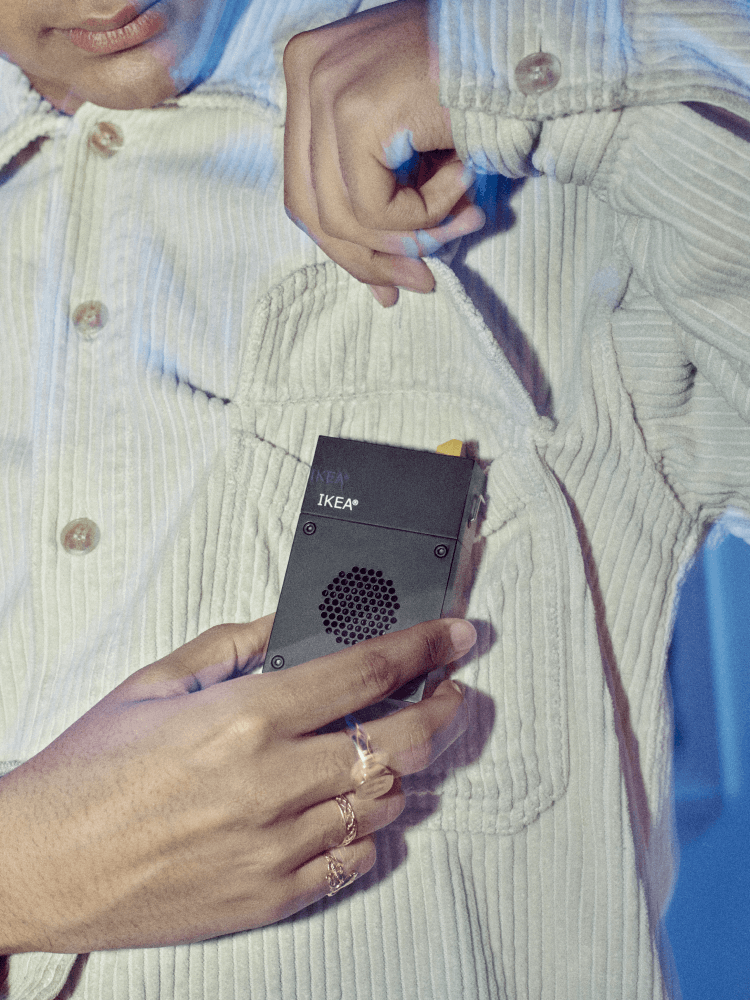
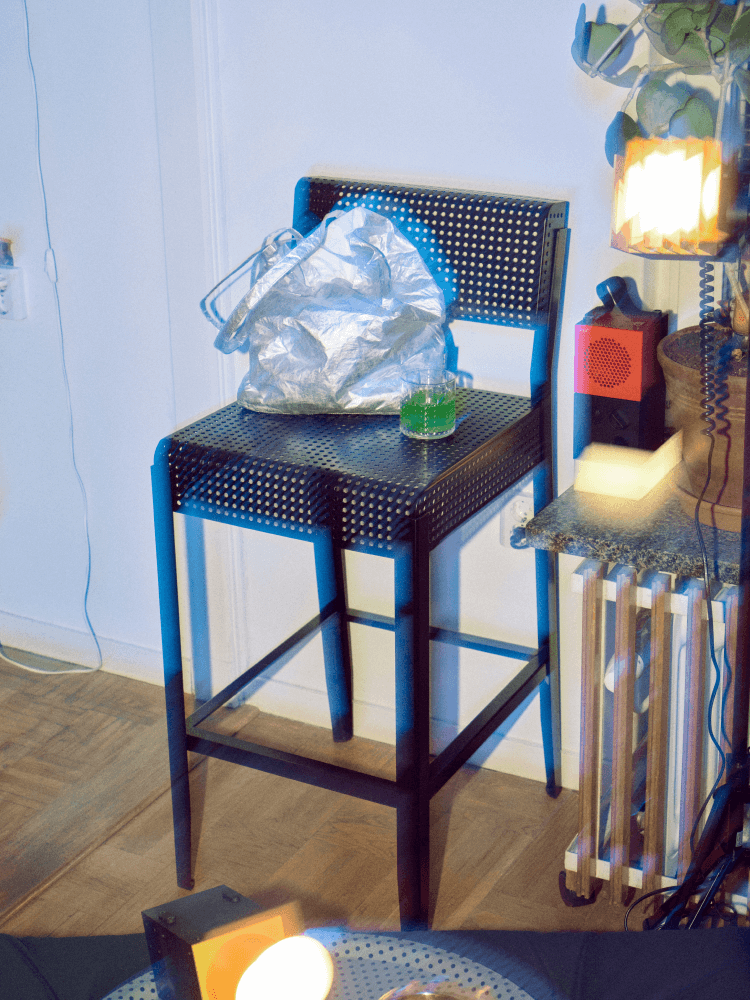
Work for IKEA collection FREKVENS with Teenage Engineering
Naïvité and Gumption – Invest in Strange
DK
Marcus, I see you nodding your head there.
ME
I’m very much into that also, and I guess you all know that I like to try things out for real.
I think and that’s something that we share. We’re willing to chip in ourselves. Maybe there is no investor for this, but I paid for it myself. I’m going to show that it works. That’s part of the business model as well. If you earn some money invest it in strange stuff just to see if it works because you get learning. That’s something that I would like us all to be.
It’s super important to reinvest in the future. That is not just taking care of clients and what they need. It’s actually what we believe that the world needs.
Petter, doing crazy endeavours with things that hardly anyone sees. You take those learnings into whatever you do afterwards. I think that’s the same thing for us. Also, we’ve done things that put the shitload of money and stuff that really doesn’t resonate on paper but–
[laughter]
ME
It makes sense in the end.
«I would say that really strong ideas are totally blind to media. They could be carried through whatever.»
A Life Lesson From a Mentor
PK
I had a mentor for a pretty long time, who some of us know. He said a lot of bad things to me but he said two things that I have taken with me for many years now. The first thing is most people try to make a big career when they’re 29 or 32 or whatever and scream really loud. He said try to focus on doing stuff really, really slowly in life. Do a lot of stuff but do it because you want to be the best of you when you’re 65.
I have really taken that into consideration. There’s some people pretty close to me with an agency who did exactly the opposite. They screamed like they were superstars, like they had changed the whole world when they were 27. Now they are getting closer to 40 and feel that they don’t have anything else to give anymore. I feel the opposite. I feel that I have not done anything. I have everything in front of me. I think that’s a very good way of pushing energy and power to the creative process. I’m trying to be the best when I’m as old as Marcus, which is like 65.
[laughter]
RDJ
I must say one more thing there because I totally agree on that. I could also declare death to the fucking PDF. I hate it. I think killing it would save us so many headaches. I just realised also during this COVID thing, sitting by the computer is not what I imagined myself doing at this age.
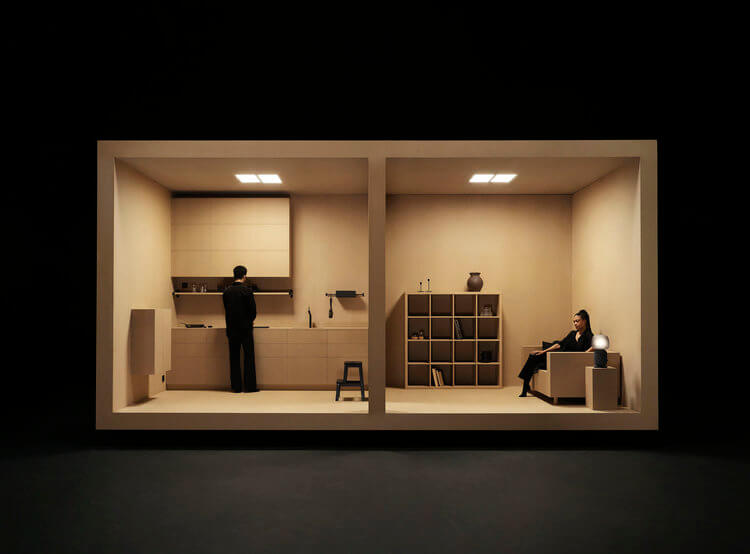
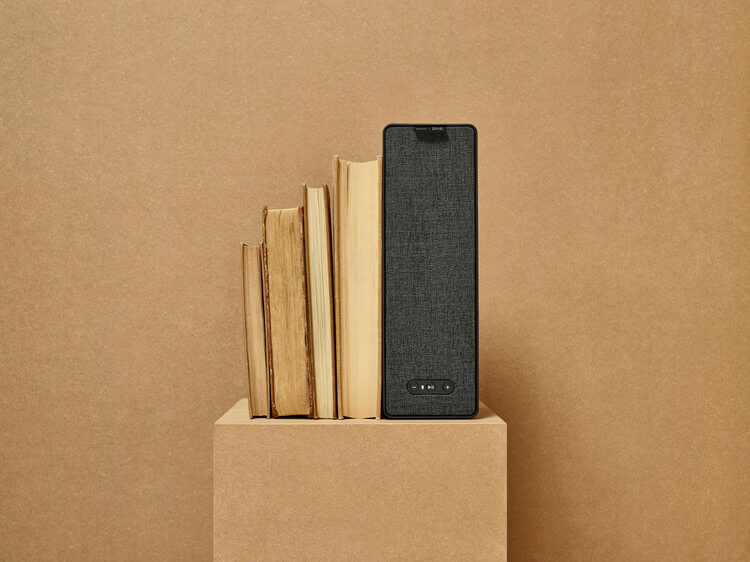
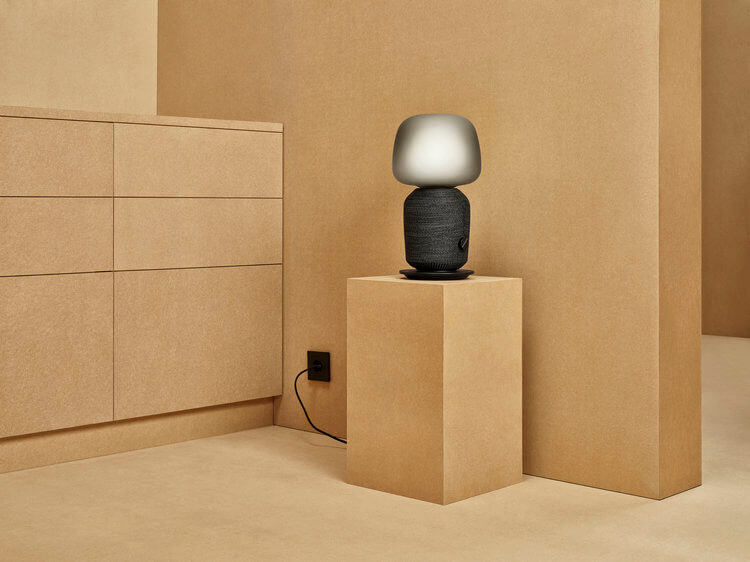
Work for IKEA collection SYMFONISK with Sonos
Published 18/01/2021
By DK Woon
Office of Possibilities
Depth and breadth? Office of Possibilities and the art of choosing your creative discipline
During the Christmas period we conducted a round table discussion to articulate what SKEWED is about. We will be releasing this discussion in three parts over the coming week. 2021 is shaping up to be a big year for us and we wanted to give you all an idea of what lies in store.
SKEWED is purposely an amorphous organisation. We don’t want to conform to the old rules of the industry that try to push you to fit into neat little boxes. Instead we want to carry the spirit of the amateur in an age when everything is hyper polished. We have always said that we are a collective rather than an agency. And we don’t say this to reinvent the wheel. Businesses like Pentagram have found ways to flourish with unusual structures.
Published 07/01/2021
In the last year we have quietly added Gothenburg and Stockholm to our family of offices. With London to come in the very near future. These offices have a loose split of capabilities thanks to the already flourishing existing practices there. OP in Gothenburg are experts in space. PJADAD in Stockholm brings incredible art direction. Our London studio from which this is being written, brings editorial nous.
This addition of these capabilities is something we think is great. But even more exciting to us is the possibilities this opens for the unusual. What happens when there is cross pollination between these offices? When innovation experts look at graphic design or art directors turn their hand to physical structures. We honestly don’t know the answers to these questions but we are very excited to find out.
Part 1 of our round table lies below…
Key (in order of appearance):
DK: DK Woon
PK: Petter Kukacka of PJADAD
RDJ: Robert During Janson of OP
ME: Marcus Engman
PH: Petter Hillinge of OP
AN: Axel Norlander of OP
CA: Caspar Andrén of OP
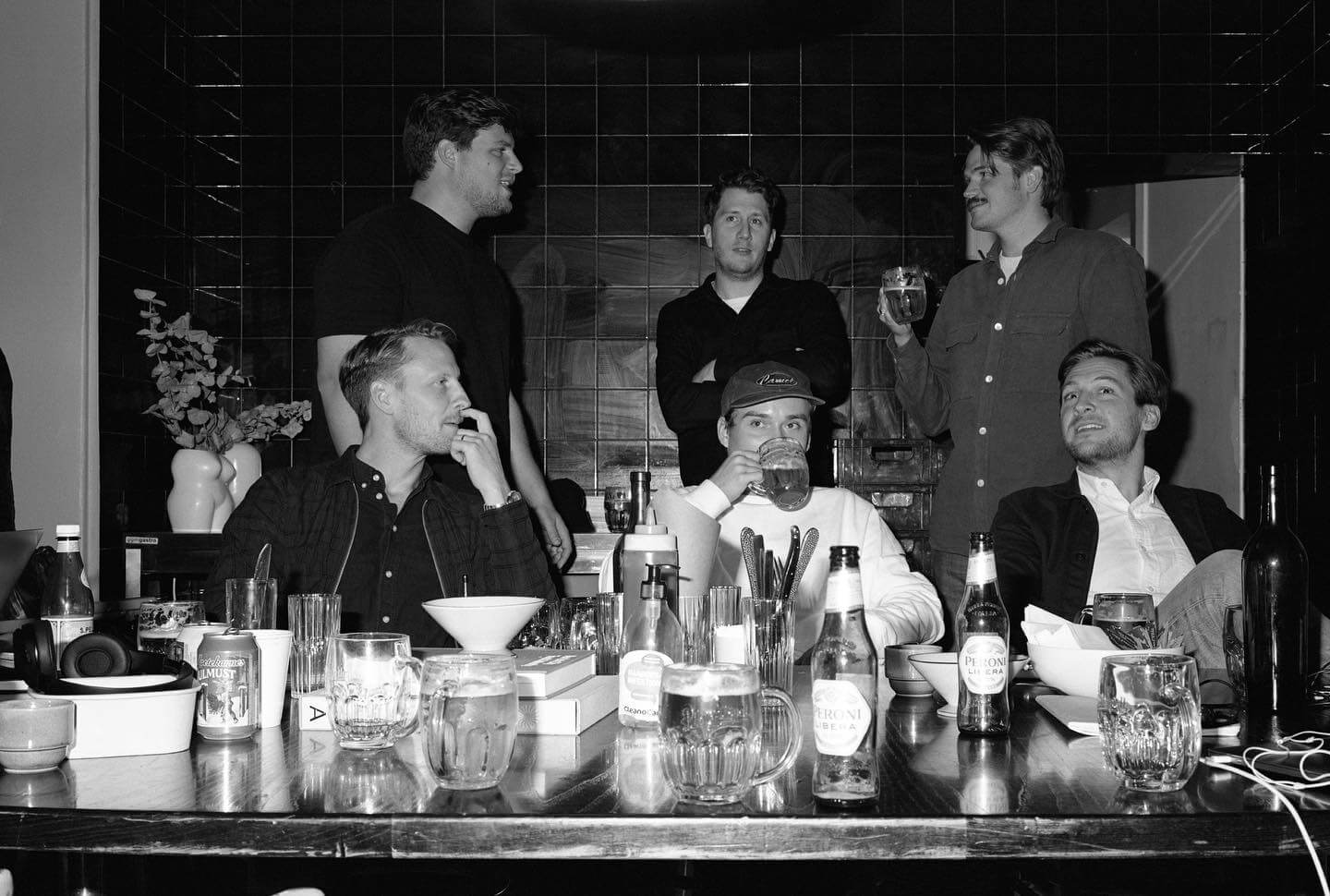
Standing from left: Robert During Janson, Dan Börjesson, Axel Norlander
Sittning from left: Petter Hillinge, Jacob Kouthoofd Mårtensson, Caspar Andrén
An Acronym in Search of a Name
DK
Why don’t we start off with the four of you then – the Office of Possibilities guys. What do you guys do and how?
PK
Is that what OP stands for?
RDJ
Yes, that’s what it stands for but we had so many variations in the beginning, thinking, “It could be called this, it could be called that.”
We came up with the initials first. It’s a backronym.
We sat down – I think at your place, [gestures to Petter H] one evening and we started drinking. Well, I think we drank something called OP that night because you had a bottle in your freezer. We were like, “It’s so fucking hard to get a name right.”
And it was at that point, we just looked at the bottle and someone said they thought OP works well. And of course we all though, “Oh it’s really too bad that it’s taken… We could use that.” But we decided to use it anyway.
Then we had to find out what OP should stand for. We made that bit up afterwards.
Marcus Engman joins
DK
We have a new joiner.
ME
Where are we at in our discussion?
DK
The OP guys were explaining where OP comes from and how they were they were drinking one night, and that’s about where we’ve gotten to.
[Laughter]
ME
That’s what we do, we drink.
RDJ
We drink a lot and then we come up with ideas…
We then sat down and we thought what could OP be? Then when someone first said Office of Possibilities. We thought, “Yes that sounds perfect!”
«Why do you have to decide? That's always been my question.»
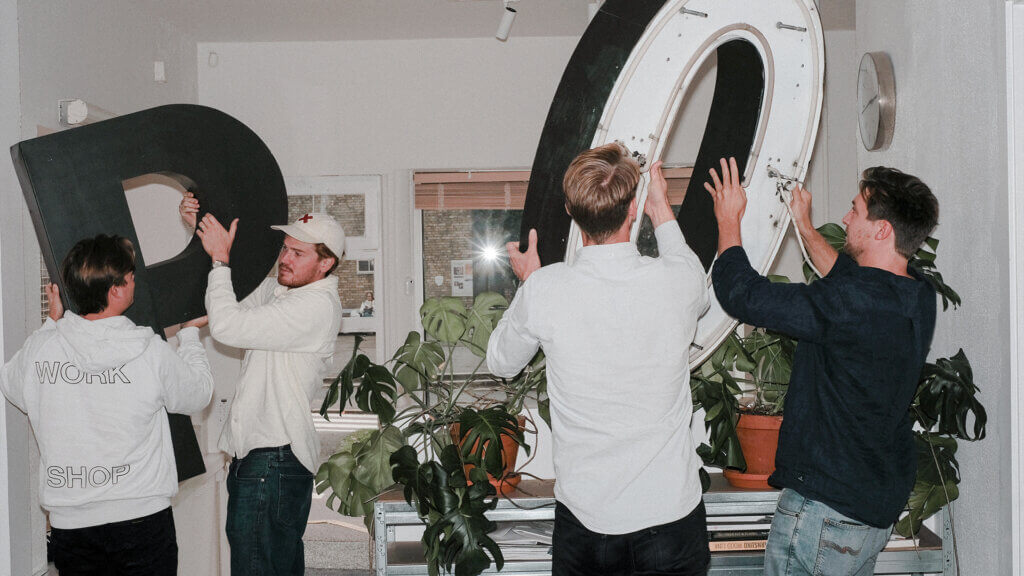

OP.™ office in Gothenburg.
The Name is Perfect because Possibilities are Endless
RDJ
We used that [OP] because it also actually symbolises well what we actually do and how we work. Everything we do – you start in one very specific creative field, in my case, architecture. Then you always brush shoulders with creative heads in other disciplines. It’s basically also why all of us are here, I guess.
That [architecture] is Petter H and Axel’s background too. Caspar’s background is within engineering, but basically mainly in innovation.
We are multidisciplinary though. I myself have always been interested in graphic design and how storytelling works. As soon as you work within one field, you have to or more or less always get to start thinking in the big picture.
ME
Why do you have to decide? That’s always been my question.
RDJ
Exactly. I could never decide either. When I was a kid, I wanted to be a graphic designer or a photographer or whatever. Then I started studying architecture.
The big problem with architecture is that it could take forever sometimes. It could be process on process, endless lobbying and everything. When you then can switch to another creative profession, it is so refreshing because the timespans are much quicker.
«As soon as you work within one field, you have to or more or less always get to start thinking in the big picture.»
How OP Met
DK
I’d like to go into maybe how you guys met. How did that all happen?
PH
I think it started out with myself and Axel – but we all studied in Lund. Axel and I actually studied industrial design. Both of us went to Copenhagen to study together for some time. And it was during that time that we also met Robert. For a period, myself and Robert were working at the same places in Copenhagen – at BIG and Kilo.
Basically during this time we started talking more and more. We started talking about why people set up businesses the way they do and why people are act the way they do and so on.
Then fast forward to a couple of years later, when all of us had worked in our roles for a while. I was a freelancing product designer and Axel, you were quite tired of your job, you could say, right?
AN
Yes.
PH
We had some good new projects coming in and decided that you would jump ship. At the same time, we started talking to Robert who also wanted to change direction in life. At the same time, Caspar, was also thinking of jumping ship and taking things in another direction.
CA
Yes, exactly. I was working at a consultancy firm previous to OP.
DK
You’d originally taken a really different direction from these guys then!
CA
Yes, exactly. We mainly worked with the innovation in business-to-business companies. I’ve always dreamt of starting my own business. Me and Petter are in this running club on Tuesdays and our girlfriends have known each other since way back.
Anyway, we started talking about what was to become OP. You said that you were talking to Axel and Robert about this and starting up a business. I think we actually had a lunch near to Gothenburg. We sat down for lunch and stayed until the restaurant said, “You have to leave now”. I think from that point we talked at least every day.
«I realised that Caspar loves cars as much as I love cars. Then it was perfect. I knew from that point that Caspar was a good guy!»
DK
Was it quite a while spent talking before jumping? Or was it all about taking a big jump?
CA
It went really fast actually. To probably the point where I joined the discussion, I think it took maybe one to two months. Then we were off.
PH
Yes.
RDJ
Yes. I don’t think it was in that first lunch because I can remember meeting Caspar for the first time and talking about cars.
CA
Exactly because we met and talked about cars.
RDJ
Yes. We met each other at Petter’s place for a quick coffee or something. Then I was just- I was always skeptical because Caspar was coming from quite a different background- It is, of course, a creative background but in more of sales kinda way. Also pitching ideas and all of that, which is so essential to how this works and why it works good. Coming from my background that’s the strange work. You’re sitting in Excel looking at the charts or something! Then we started talking and I realised that Caspar loves cars as much as I love cars. Then it was perfect. I knew from that point that Caspar was a good guy!
DK
How long have you guys been going as OP for?
CA
Three years.
PH
New year it’s going to be three years.
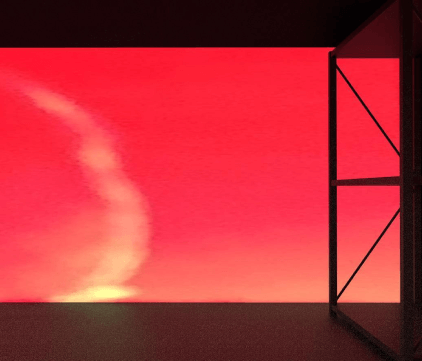
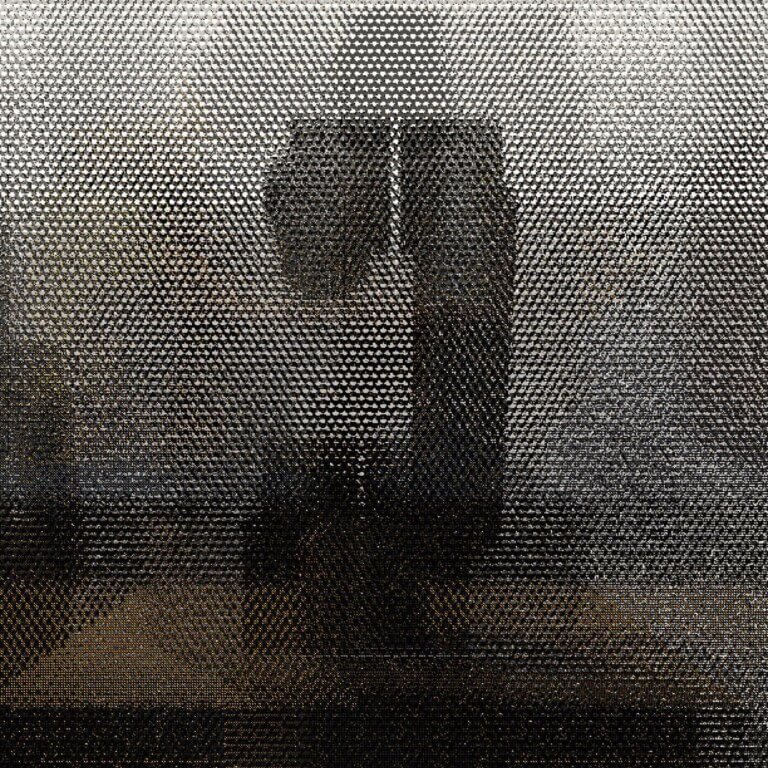
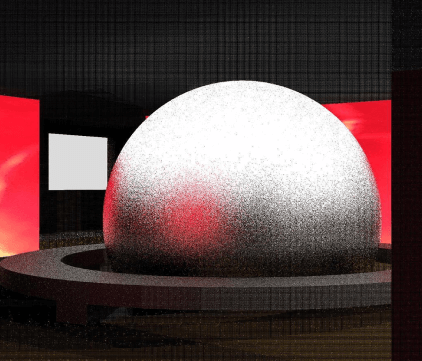
Ongoing work with SKEWED Productions
The Scale of Skewed
DK
You guys are coming into SKEWED. What do you think is really going to change for you with being part of SKEWED?
CA
I think things will actually continue along the diverse path we are already treading if anything. We know there are a lot of different talents within the SKEWED group that can work together in bigger projects.
Then, of course being able to tackle bigger problems together. As a new business we always strive to work with the– What should I say?
RDJ
Right people.
CA
Yes, right people and working on projects that actually change things.
ME
Higher up in the food chain.
PH
We really see the possibility of reaching bigger clients together with Skewed. We don’t want to be working with the middle bosses that never have the possibility to change anything.
CA
Also creating bigger change. The H22 project, [eds note: more to come on this in the near future] it’s like you can really do something, change the city and so on. That’s what we always aim for!
PH
We’ve always been striving to make change from the beginning with all the projects that we do. Not making just another product that already exists, we want to make something that is better or that changes the world into a somewhat a better place to be. I think this really opens up the chance of doing that even more.
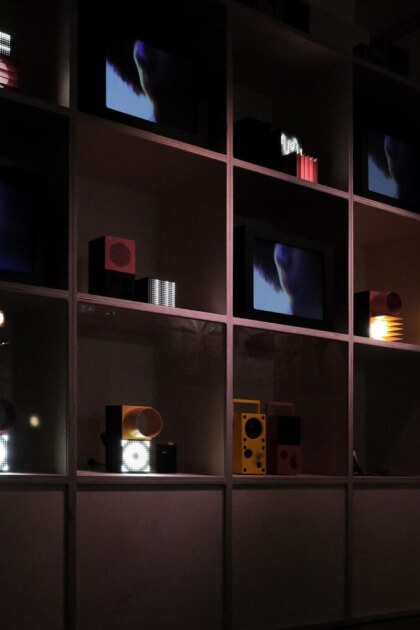
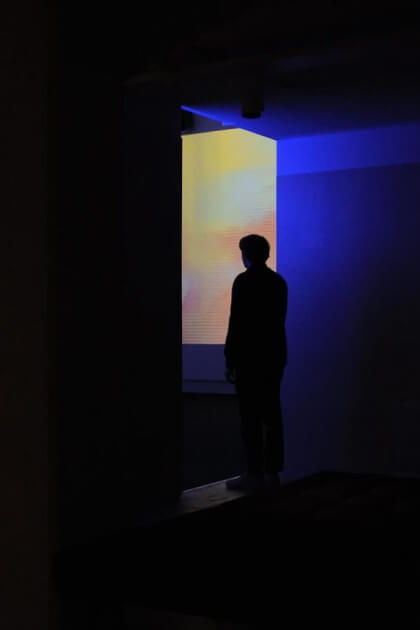
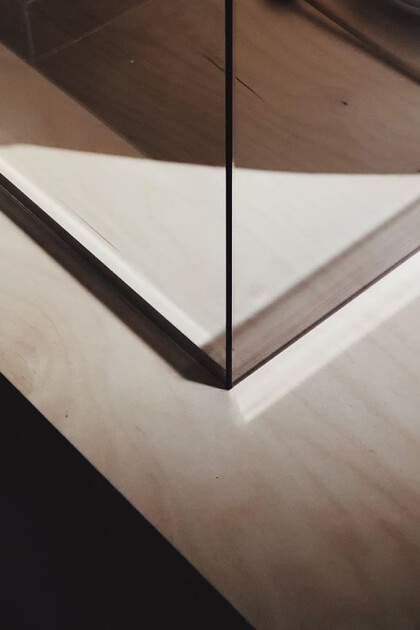
The exhibition TITTA MUSIK! / LOOK MUSIC! designed by OP.™ at IKEA museum! 20.02.2020 – 03.05.2020 team: IKEA Museum & PJADAD
The Importance of Integrity – and Being a Collective!
DK
So If I could twist this a little… Marcus, how did you first hear about OP and what was the first time working with Robert, I guess?
ME
He was handpicked by me for IKEA once upon a time [laughs], for a really ugly project that he did, but he still believes in it. The Golden Eggs of Recycling.
RDJ
I like the idea, but I hate how they look-
ME
That was his contribution to city planning of the future. Let’s put in golden eggs into the cities. I was more thinking about people, and he was thinking about golden eggs!
«I was more thinking about people, and he was thinking about golden eggs!»
DK
And you knew right and straight away that this is the next Corbusier who is going to revolutionise the city and-
RDJ
From those golden eggs.
ME
No, but what I liked from that, is that Robert has always been a fighter. He still is. There is always something that we can fight for and change. That’s what I appreciate with you [Robert], but also with the other guys on OP.
It’s not just to do what you’re asked to do, but actually you try to make a change, and to take on the fight to make that change. I think that’s important, actually, to have that integrity. That’s what I look for in everyone that we work together with, especially the one who’s going to be part of our Skewed universe. Integrity is important.
Also, maybe that’s why we have this setup. Instead of buying everything and everything should be exactly the same, I think it would benefit our organisation if we have some kind of integrity, and also our own business goals and so on, each and every one of us, and still be part of something which is bigger but is not setting up too many rules for us. I think that’s what I’m aiming for. That’s why we talk about it in terms of more like, what do we say? A-
RDJ
Collective.
ME
Yes, a creative collective rather than some kind of business setup.
Published 07/01/2021
By DK Woon
Photo credits Robert During Janson
Mamy Tall
Fixing problems, finding solutions
Architect and entrepreneur Mamy Tall is forever rushing between meetings in Dakar. Her day job is in the public sector, on a mission to protect and update Senegal’s heritage. After hours, Tall keeps busy as a photographer and Art Director, collaborating with some of Senegal’s biggest names in fashion and music. She likes it best when her different worlds merge.
Published 02/11/2020
MT
I knew early on that I wanted to mix different forms of expressions. Architecture gives me a perfect balance, I am able to voice myself artistically, but in a structured framework where I must apply discipline.
RU
You were born in Dakar but grew up in neighboring Togo. Is it good to be back ?
MT
Everything inspires me in Dakar, it is constantly changing. Nothing ever feels ordinary to me here. I can get 30 new ideas by just walking down the street. Maybe it has to do with me not having grown up here… On the other hand, my friends who are from Dakar, find the same inspiration in daily life. I guess we share a vision and a goal: To rediscover our patrimony, our traditions. See them in a new light, and help others to do the same.
In 2014, Tall co-founded Dakar Lives, a social media platform that shows its 100k+ followers Dakar beyond tourist attractions like the Monument Africaine de la Renaissance, a massive statue perched on a hill in the city center that was sponsored by North Korea. Self-described as an account that “connects the dots between people, cities & cultures”, Tall says that she wanted to show people the Dakar that doesn’t show up on Google.
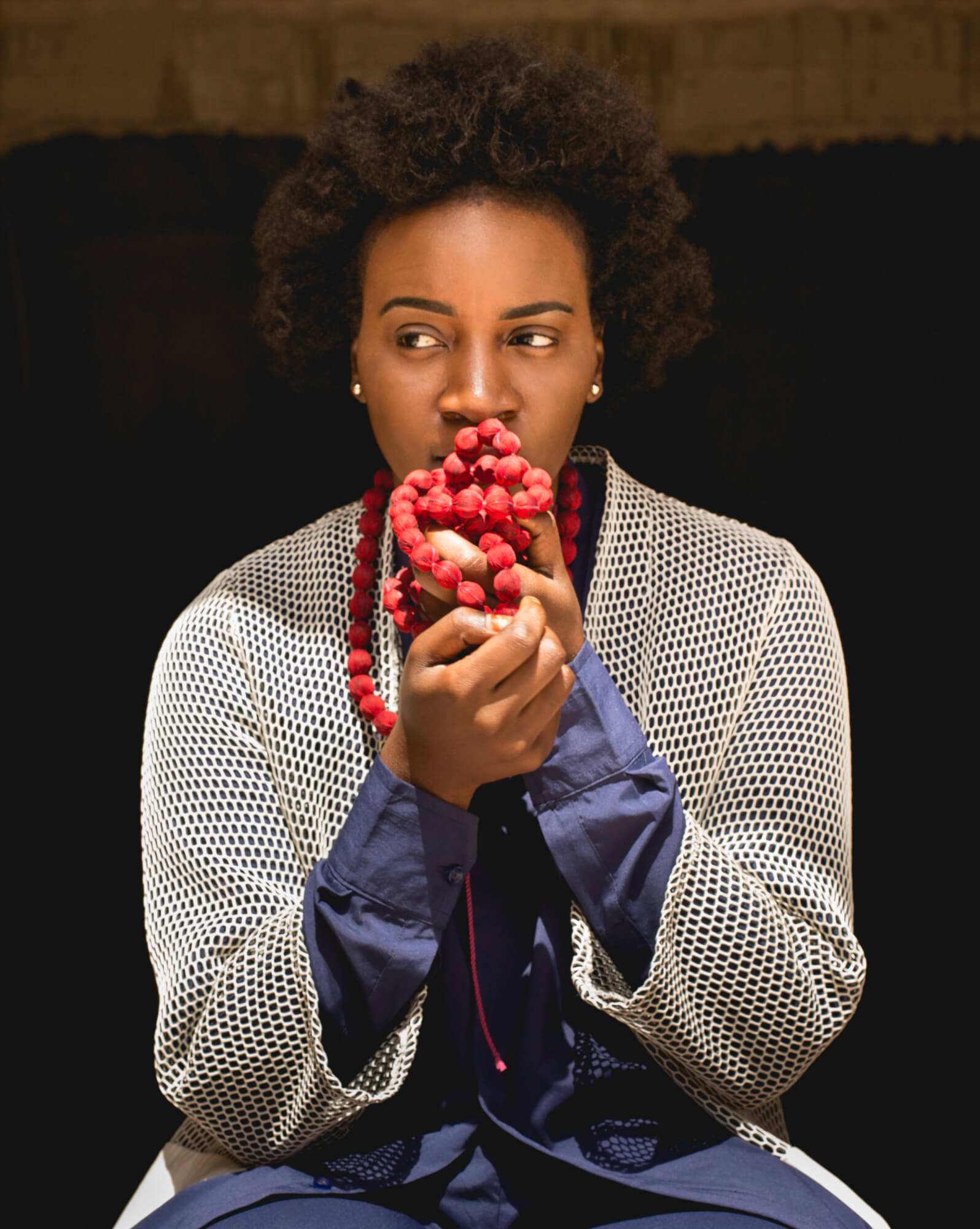
MT
You can spend a week completely booked here, immersed in culture, meeting really interesting people, discovering amazing food. The app is based on contributions from many Dakar creatives. None of us do this as our principal work, so we pick stories that are close to us, that inspires us. We’re trying to create special moments and make people feel that their time in Dakar is unique.
When we had the idea for Dakar Lives and called the first Instameet, we weren’t sure if anyone would turn up. It was raining that day as usual in Dakar everybody was two hours late. But in the end, it worked out great and is spreading everywhere. Now, we have also created Bamako Lives for Mali. Morocco Lives for Morocco, Lome Lives for Togo and Conakry Lives for Guinean capitol city. And right now we are launching Abidjan Lives. In every city, the content is produced by people in that location.
RU
Why did you decide to become an architect ?
MT
I was eight, liked to draw and had a lot of energy. Architecture seemed like a field where I could sketch, and not be stuck in a room, in front of a computer all day. When I told my father, he introduced me to his friend, Senegalese architect Atepa Goudiaby. His office was near our house in Dakar, where we spent the summer holidays. My dad asked if I could come for a month during the summer and learn about the world of architecture. That was it. I kept going every summer, and my interest kept growing.
My father passed away three months before my graduation, so it felt like a homage to him. The fact that he always supported my dream, and here I am today, makes me really proud. I think he must be proud too.
Tall is known amongst her friends to be “obsessed” with rediscovering traditional ways of building. She likes the recently built Artists’ Residency and Cultural Center in Sinthian (south-east of Senegeal), for which Japanese architect Toshiko Mori used only local materials, like bamboo and compressed earth blocks that absorb heat. Perforated wall sections provide natural air flow and ventilation.
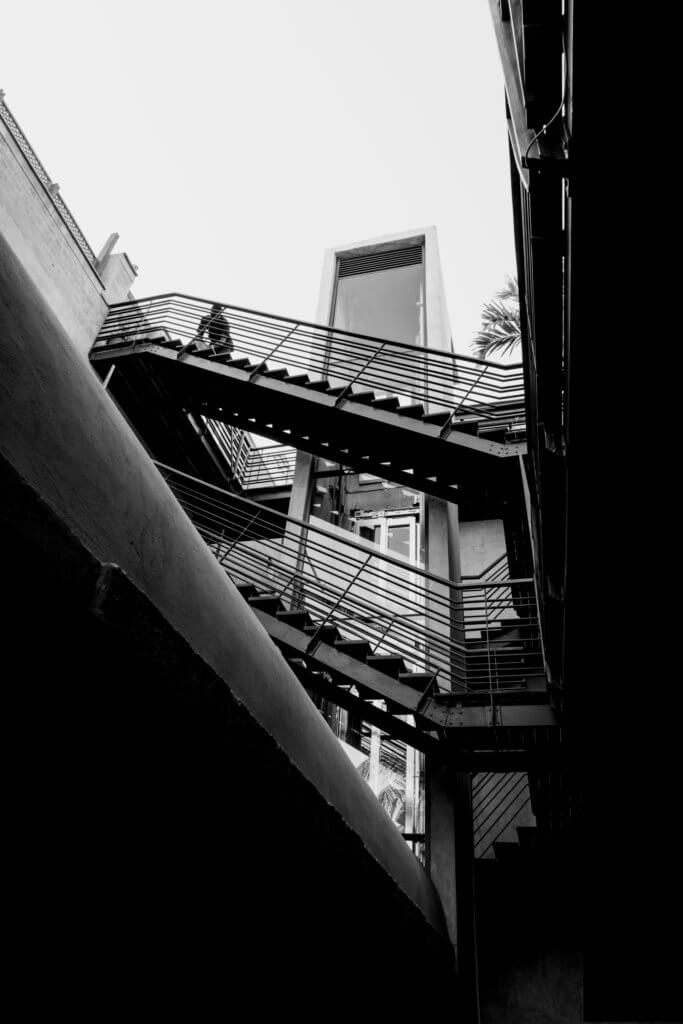
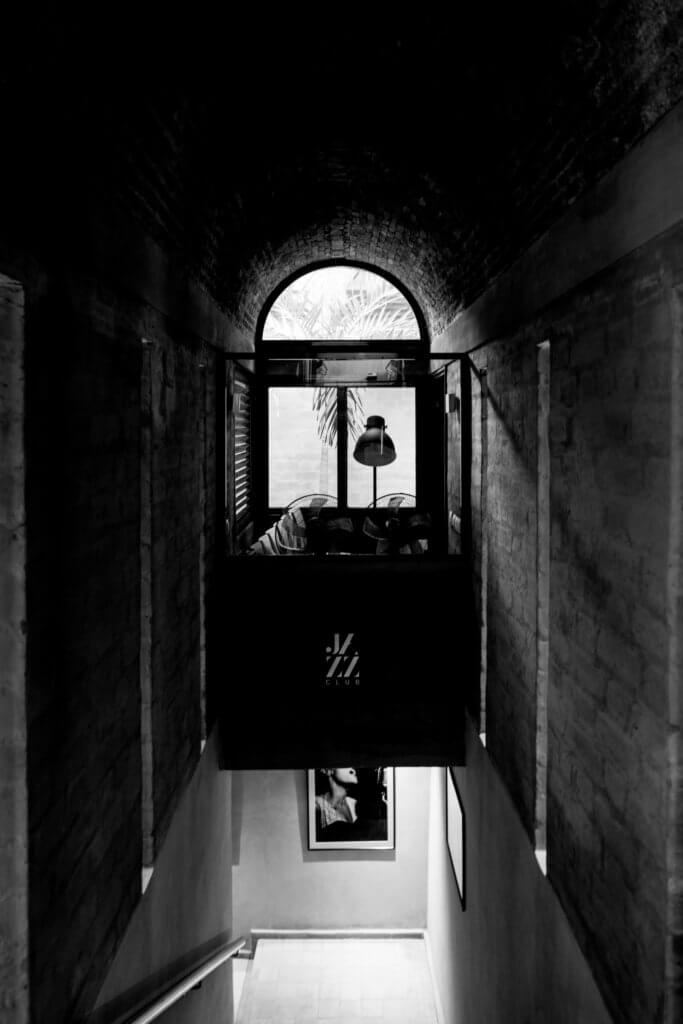
Hotel Le Djoloff
MT
Mori used Senegalese typology to create something modern and beautiful. It’s just sad that it had to be brought here by someone who is not from here. Mentalities have to change; knowledge needs to increase. People are the main problem, really. But I think our generation is more conscious of the patrimony, the need for innovation grounded in our patrimony, and the specific demands put by local realities. I think the identity of a building, of culture, a city, is really important. In Dakar, we’ve been losing our culture as a city for a long time. The buildings, the spaces doesn’t show that we are in Senegal. Our politicians just want to copy what they see in Europe or Dubai. That’s not what we need in Africa today! I believe that we have enough skills in our tradition and patrimony to plan and build our own unique urban spaces.
For me, architecture is about fixing problems, and finding solutions. I think we who are young creatives have to convince people that we who are from the continent can be the problem solvers here. As digital natives, we can visualize our ideas, and reach many more people through platforms like Instagram. We can change people’s minds without using technical terms.
«The colonial period put a lot of stuff in our heads.»
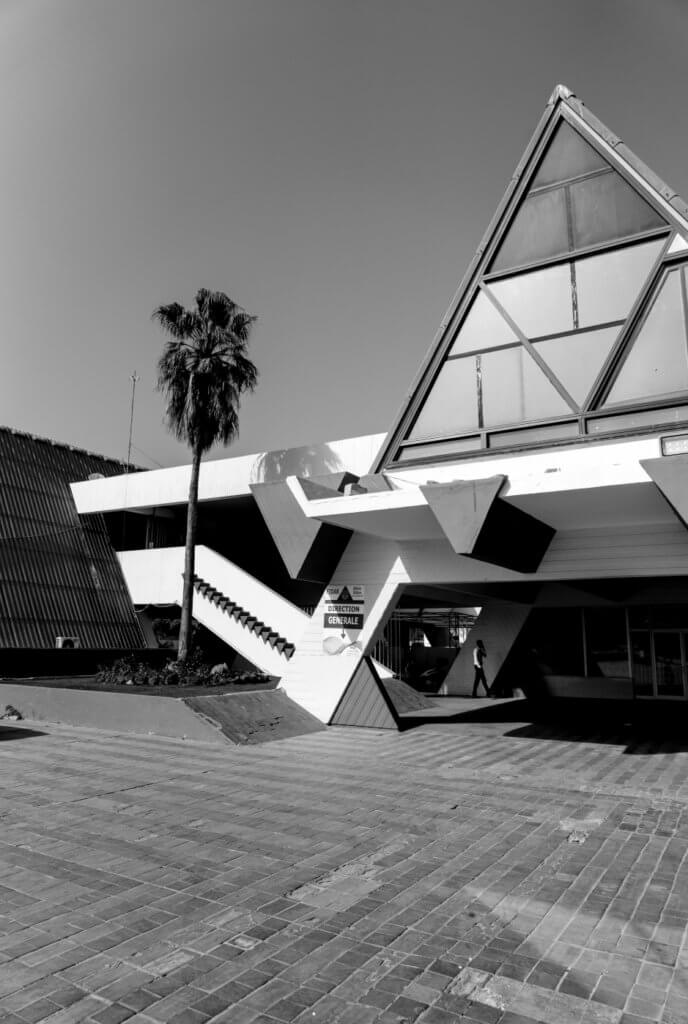
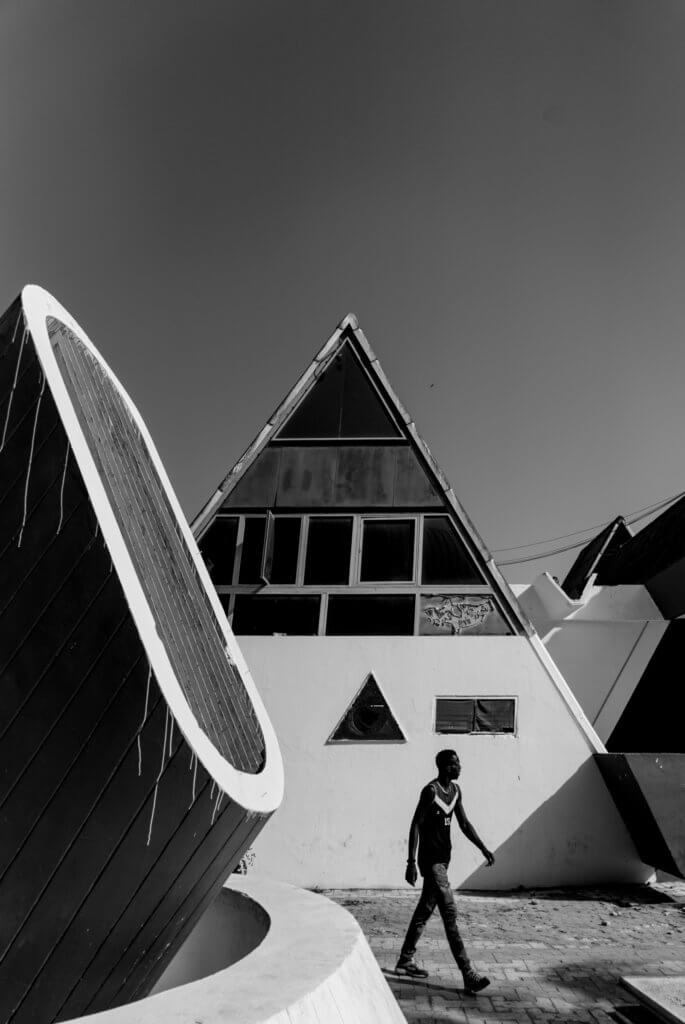
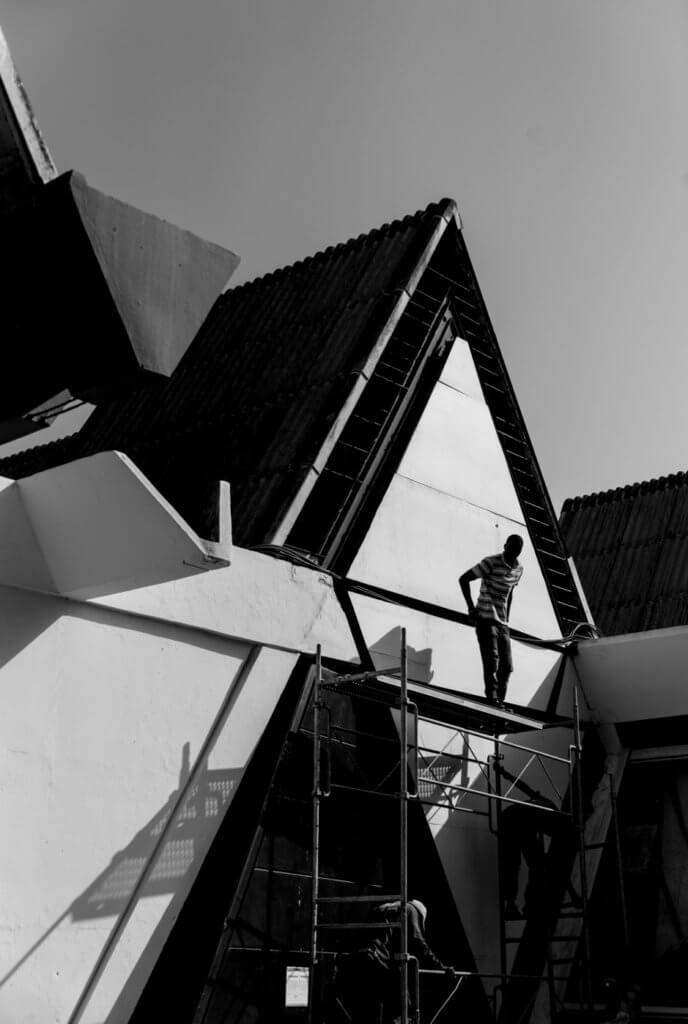
RU
Why do you think it is so difficult to change the mindset ?
MT
The colonial period put a lot of stuff in our heads. It made us think that our local materials and techniques weren’t good enough for modern construction. It’s frustrating to know that the opposite is true. Earth materials are perfectly suited to modern day needs, not least from an environmental perspective.
When I was studying architecture in Montreal, none of us from the African continent wanted to do work with earth materials. We felt that people would think that that was all we could handle. But for my final project, I went to Togo, to Morocco and Niger and met leading architects specializing in locally sourced materials. It felt like coming home!
At her job with AGBPE, a state agency that is responsible for restoring and protecting public buildings, Tall is currently working on Gorée, a small island off the coast of Dakar, well-known for its role in the Trans-Atlantic slave trade.
MT
We are restoring 118 private houses and all public spaces. Much of it is French classic architecture, a reminder of a painful period. Some people want all colonial structures to be demolished, including the colonial buildings in Downtown Dakar. I personally think they must stay, but be adapted to our own typology. We should use them, transform them, own them. Imprint our identity on them. Thankfully, the buildings on the island of Gorée can’t be destroyed, because they are on the UNESCO World Heritage list. Maybe that’s what we need to do, class every single building in Dakar on the “Patrimoine Mondial de l’UNESCO”, then we wouldn’t have any problems [laughs].
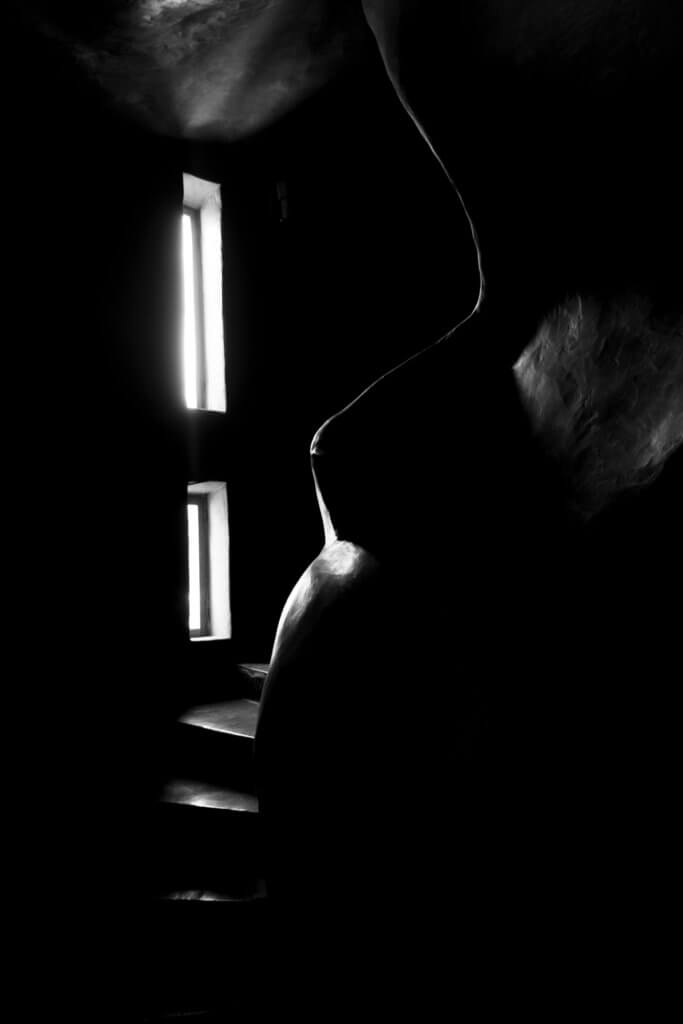
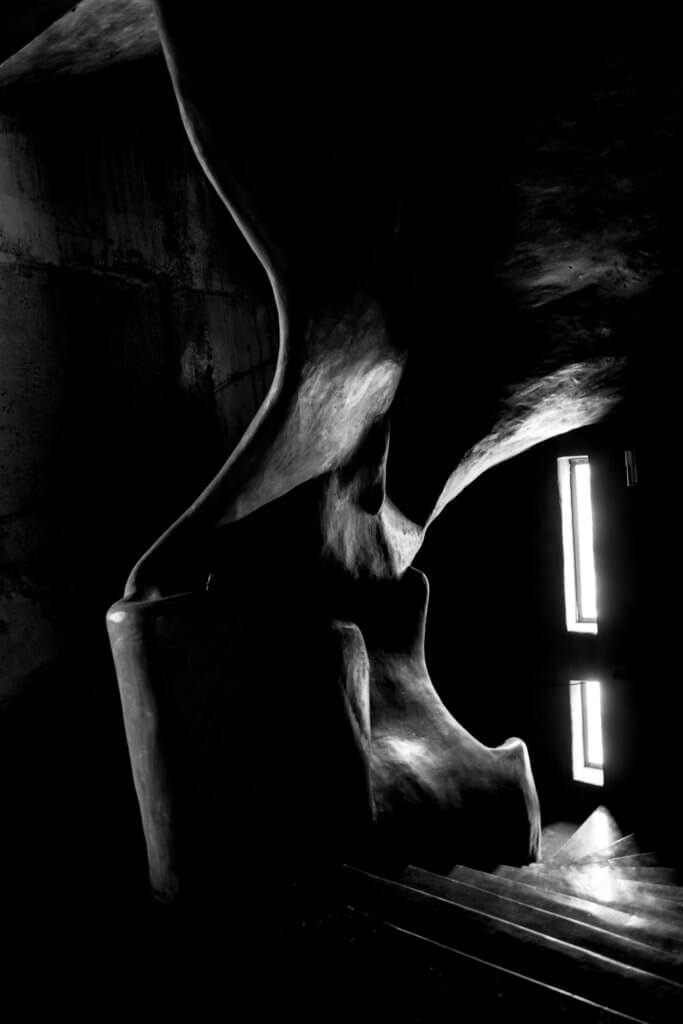
Hotel Sokhamon
«Maybe the future government is going to be controlled by us.»
RU
Do you think you and your peers will have an impact on how people will live in future Dakar ?
MT
Maybe, if the future government is going to be controlled by us [laughs]. By that I mean by people who dare to have a vision, and are ready to push the boundaries of what is considered “normal”. I think Senegal could be co-governed by a cultural hub of people who are able to bring new ideas and concepts that challenge the old ways, without scrapping our patrimony. I love working surrounded by these kinds of people, because all my crazy ideas start to sound normal, and therefore doable.
At her job with AGBPE, a state agency that is responsible for restoring and protecting public buildings, Tall is currently working on Gorée, a small island off the coast of Dakar, well-known for its role in the Trans-Atlantic slave trade.
Mamy Tall’s favourite buildings in Dakar
○ Hotel Sokhamon
○ CICES
○ The Earth House, Mamelles
○ Leopold Sédar Senghor Museum
○ Hotel Le Djoloff
Published 02/11/2020
By Rikard Uddenberg
Photo credits Petorovsky, Per Cromwell
Sport in Dakar
The Street, the Beach, the Wave
Driving along the coast of Dakar, your eyes are greeted by row upon row of brightly painted gym equipment. Even so, you won’t find a specific muscle beach here. Instead, every single beach is like a muscle beach. The equipment doesn’t sit idle either. Come down in the morning before the sun is up and it’s full with scores of people training. Sport is a huge part of life in Dakar.
Published 17/02/2020
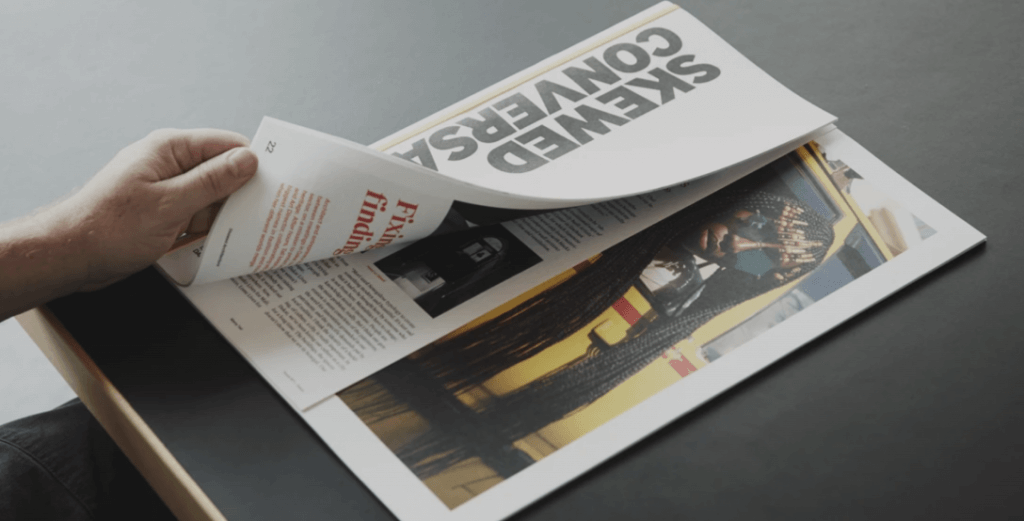
However, in Dakar, surfing doesn’t follow the traditional division lines between sport and lifestyle. Local OGs can also become coaches for the national team. Through Pierre we meet Pape Ndiaye, the founder of local crew and apparel label Take Off. Pape too had also just returned from Japan. It’s clear even just spending a little time with him that the younger surfers look up to him with the utmost respect. Local youngsters roll up to him for a fist bump. Pape is super chill-ed out, and happy to lounge around showing me the highlights of his iPhone Camera Roll. His coaching seems to be more about stoking the riders out rather than giving them technical advice. The important piece of local lexicon to know here is the word ‘nakamou’. Taken literally it means ‘really’ but said with the correct intonation it’s more akin to a cheery ‘wassup’.
Just two weeks prior to my visit, Dakar hosted the WSL Senegal Pro. The very first WSL event in the country. The driving force behind it was Oumar Seye – a retired pro who was the first surfer from Senegal to be handed a pro contract. An event like the Senegal Pro isn’t cheap to put on, in Oumar’s estimation it cost around £90,000. All of which came through private sponsors. Organizing that amount of money again might prove difficult and everyone we spoke to is keen for professional surfing to get some government backing. The general consensus is that Senegal has all the potential to be a great surf destination – especially as the one component of a surf scene that can’t be crafted from thin air already exists – great waves.
«The important piece of local lexicon to know here is the word ‘nakamou’»

View from N’Gor
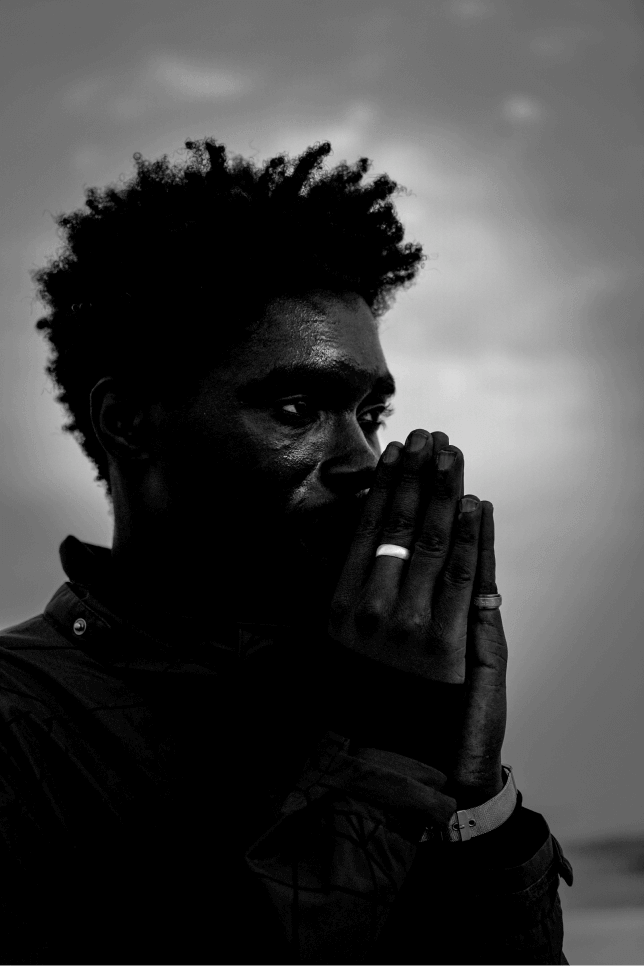
Mad in pixel (MAD)
Having seen the waves of N’Gor, I received a timely WhatsApp from MAD. He was all moved into his new abode and was going to be skating that evening. MAD wanted me to meet him at Place du Souvenir Africain. So I took a trip down from N’Gor to check out the spot. Dakar’s architecture doesn’t generally lend itself to skating. There is a skatepark but the entry fee seems prohibitive. I passed it numerous times on the trip and no one ever seemed to be there. For street spots, the rule of thumb there seems to be any place with smooth ground is also right in the middle of traffic. Place du Souvenir Africain is an exception to this rule. It’s a plaza spot on the beach with some interesting features including a flat bar that the locals can feeble grind all day long. If you’re going to skate in Dakar this is one of two spots that are frequented. The other being the Blaise Senghor cultural centre.
After a decent session I sat down with MAD to chat. MAD’s taste skew more towards the artsier side of skateboarding. He’d rather watch videos with ‘nice visuals’ than robotic tricks. When I asked his favourite skater, without hesitation his response was Dylan Rieder. “He was so cool. Before I discovered him I was into Austyn Gillette and Paul Rodriguez. All of them have good styles but Dylan was the best. People here call me Dylan. Black Dylan.”
The scene is tiny but closely knit. MAD could count the exact number of skaters living in Dakar – twenty six. All of whom he knows personally. “Before we had many skaters skating in Dakar but we never met. So we created DakSkate, the first Facebook page for skaters in Dakar.” With so few skaters, the absence of a skate shop is hardly surprising. As MAD explained, “we don’t have a skate shop here so sometimes we go to the surf shop and they buy skateboards. Maybe someday there will be a skate shop here. Maybe we will make that a project. To do our own skateboarding brand and develop skating here.”

Mad in pixel (MAD) at Place du Souvenir Africain


Having witnessed surfing and skating, I was still curious about one more sport – Senegalese wrestling or lutte. A sport that finds its origins in the folk wrestling traditions of the Serer people (a West African ethnoreligious group that forms 15% of Senegal’s population). It is highly steeped in tradition, with a huge ritual element. It is also the national sport. Incredibly lucrative for the talented few that manage to wrestle their way to the top. Elite wrestlers are among the most famous and wealthy people in the land. Only football vies for as much attention as lutte. With fame and fortune to be found, we wondered what the journey to pro looks like.
Since my time in Dakar coincided with a break in the match calendar, I had to find other means so to satisfy my curiosity. It was only towards the tail end of the trip that some available lutteurs Sénégalise were located. So my final morning was spent with Double Moteur and Gams Boy, childhood friends who worked their way up the ranks together. With his star rising in the wrestling world, Moteur is the neighborhood sweetheart. As I followed him round, he was continuously stopped by people wanting to say hello. He’s a local hero with a gentle soul. His mother insists he wasn’t misbehaved at all during his youth. So how did Moteur acquire his name? Gams explains: “It was at his previous job as a car mechanic. His non stop energy led his friends at that job to coin him Double Moteur because he never tired.” The day I met them was actually their day off. But as I was in town they kindly agreed to go through a training session and a bit of sparring together to show us the intricacies of the sport. Gams is dwarfed by Moteur but when they spar its rather even. Sparring with a disparity in weight class is a way to improve. If you can take down a far larger man than yourself, then an opponent in your own size should be toast! Technique not just sheer physical size is important.
«Before matches wrestlers work themselves into trance like states with mystic rituals.»
The mystical side of the sport isn’t simply lip service. Serious money is spent on
acquiring correct mystic items to give a competitive edge. Wrestlers have members of their entourage travelling huge distances in search of said items. Before matches wrest-lers work themselves into trance like states with mystic rituals or ‘gris-gris’ with the help of a spiritual guide called a marabout. Usually each wrestler will also perform a bàkk – a performance aimed at establishing psychological dominance over the other wrestler by boasting about oneself. Speaking with Moteur and Gams, it’s evident that the mind plays just as much a part in deciding the outcome of matches as the obvious physicality required. They both emphasize the ability to look the other competitor square in the eye without flinching. Mysticism forms an integral of psychological edge.
What can I say about getting active in Dakar after just a brief stint there? Well wrestling is absolutely huge. At the same time surfing and skating are growing. Kids are learning that there are alternatives to the big two.

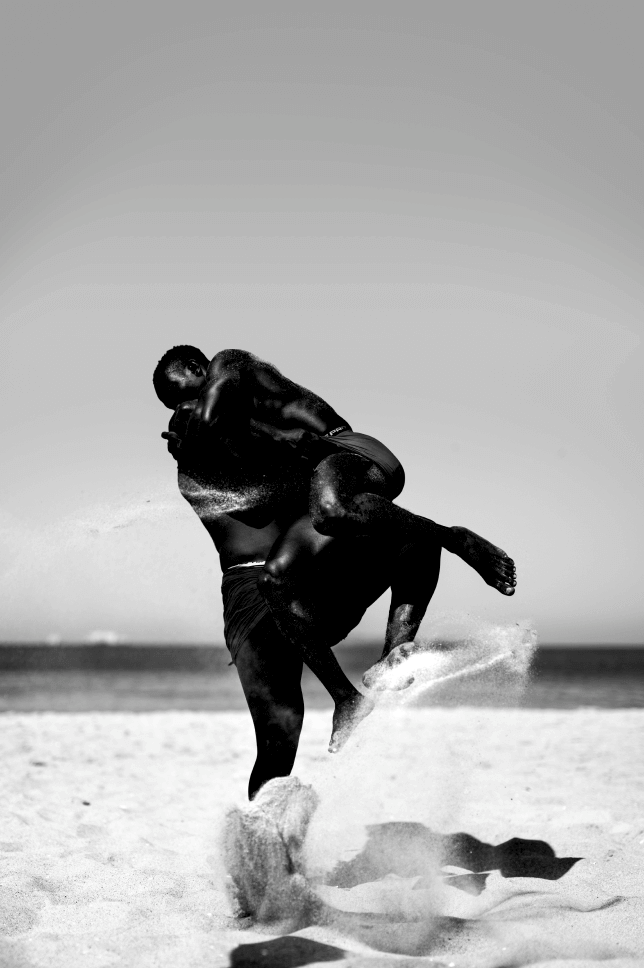
Gams Boy & Double Moteur
Published 17/02/2020
By DK Woon
Photo credits Per Cromwell
Kër Thiossane
Digital House on a Digital Earth
Times are hectic in the peaceful courtyard of Kër Thiossane, Villa for Art and Multimedia in Dakar, a hub for digital creation in Africa. Co-founder Marion Louisgrand Sylla is preparing the Afropixel festival, where artists from China and Africa come together in exploratory sessions around digital art, and how belief systems and foundational myths shape technology.
Published 17/02/2020

Kër Thiossane opened its doors in 2002, in Dakar’s Sicap district. This used to be a
vibrant and diverse community, known for its cultural institutions. In 2002, the area had deteriorated. Founders Marion Louisgrand Sylla and Francois Sylla wanted to create a digital public space, offer opportunities for artists to explore new mediums, and contribute to social change.
“It was a very different time compared to now, when everyone has a smart phone. Internet cafés were opening up all over Dakar. We wanted to encourage critical thinking, and offer digital activities beyond consumption.”
Today, Kër Thiossane is a cultural home for artistic and civic imagination, dedicated to social and artistic innovation. A laboratory based on artistic experimentation, free culture and shared knowledge.”
“A lot of our work has been focused on the commons, on open sharing and free access to resources and tools. After 2011, we formalized into a “School of the Commons”, highlighting the concept of an everyday ‘InCommon’ facility. We encouraged the community to reclaim and explore their city, through a creative approach, making it more welcoming and secure.
The School of Common’s has brought about many innovations, including a Garden of Resistance, built in cooperation with Sicap residents. The garden is a sanctuary for all citizens, but also an educational area, dedicated to children and women. Another popular resource is the Fablab, Defko Ak Niiep (Wolof for “Do it with others”), offering free access to software and CNC machines including 3D-printers, a laser cutter and microcontrollers.
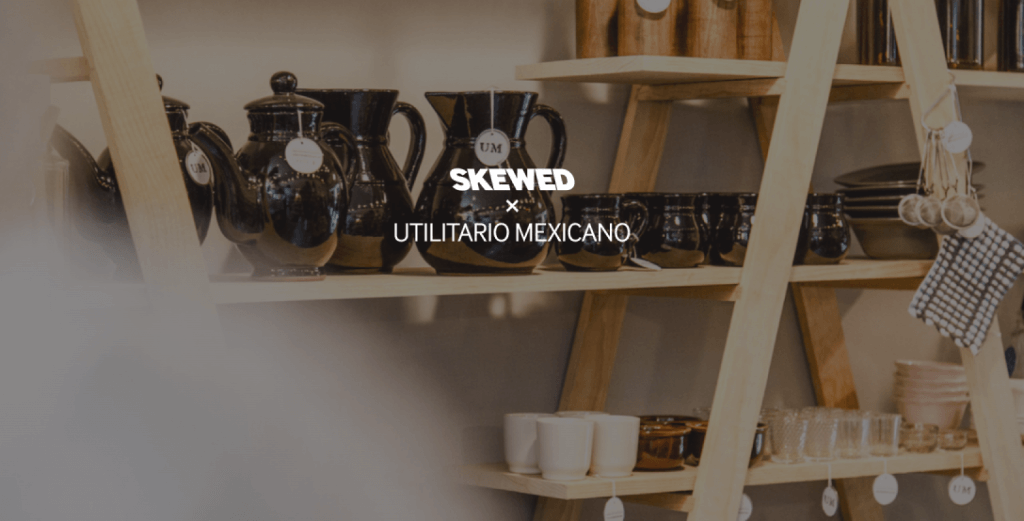

“We organize training workshops free of charge, and also have a mobile Fablab.
We are open to all, and reach 7-year-olds as well as fashion designers, craftsmen, artists and computer scientists.”
Kër Thiossane’s well-known Afropixel Festival is usually held in connection to the Dakar Art Biennale. However, in 2019, Afropixel will launch a special edition together with Digital Earth, a six-month fellowship for artists and designers based in Africa or Asia, who want to investigate the current technological reality. It ends in Dakar, during a weekend packed with seminars and activities looking into various forms of cosmotechnics, such as technological thought in Daoism in China, to algorithms in beadwork and fractals on the African continent.
«We are open to all, 7-year-olds as well as fashion designers.»
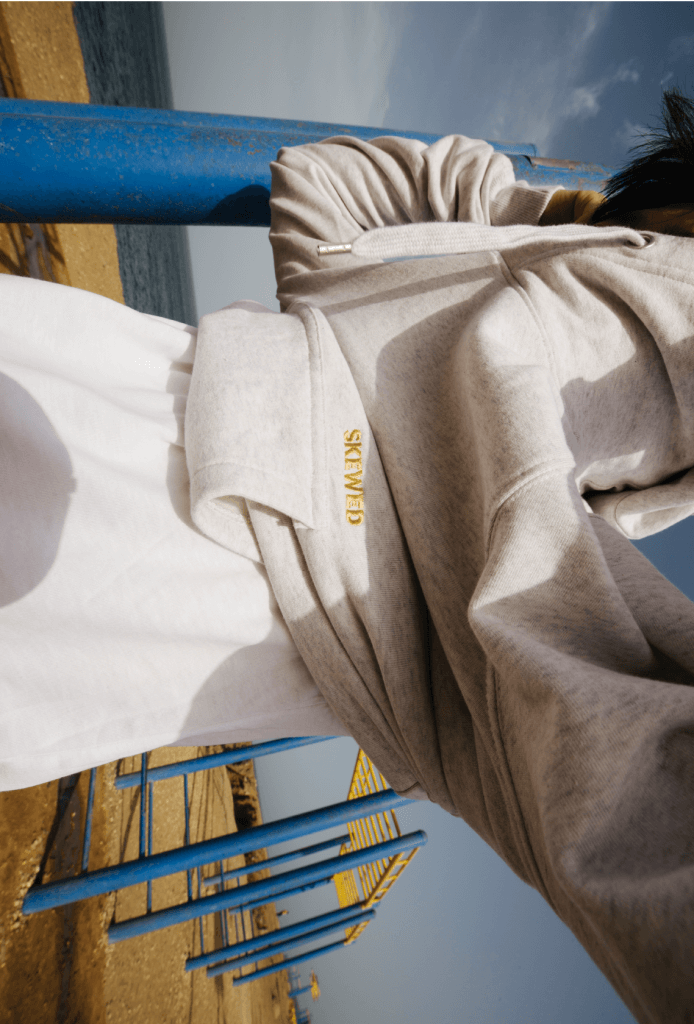
Digital earth wants to challenge the way technology is usually presented, as universal, while in reality it is the product of a very specific cultural imagination. To consider Western technology as universal, they claim, allows for colonization and delegitimization of other technological cultures. Stories and myths around the birth of technics are the very basis from which any technological development starts. Chinese philosopher Yuk Hui, who attends the festival, calls it “cosmotechnics”.
“The “dakarois” (inhabitants of Dakar), who are increasingly connected, will be able to discover digital arts through discussions, exhibitions, concerts and performances by artists, designers, thinkers and scientists.”
Published 17/02/2020
By Carmilla Floyd
Photo credits Petorovsky

